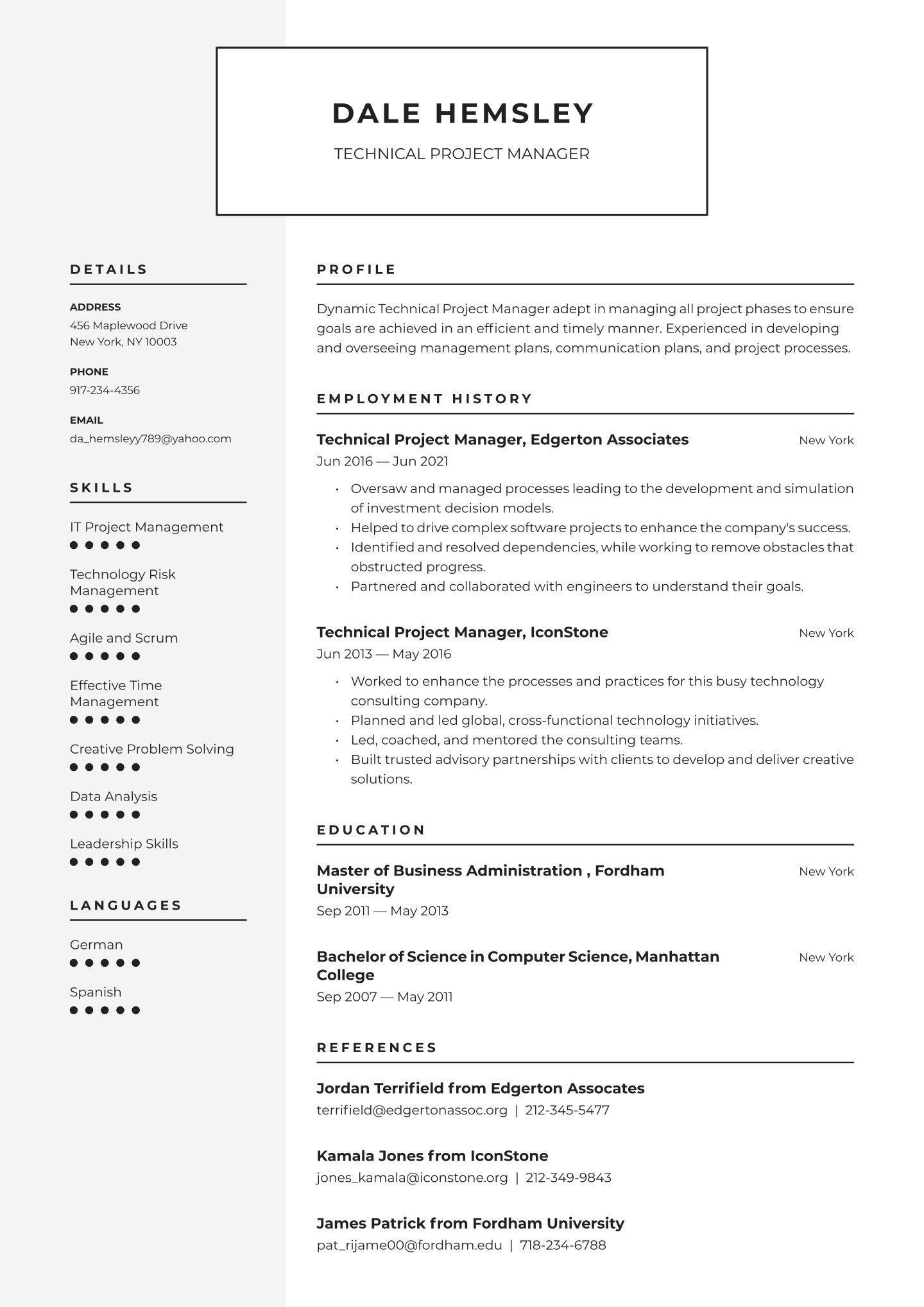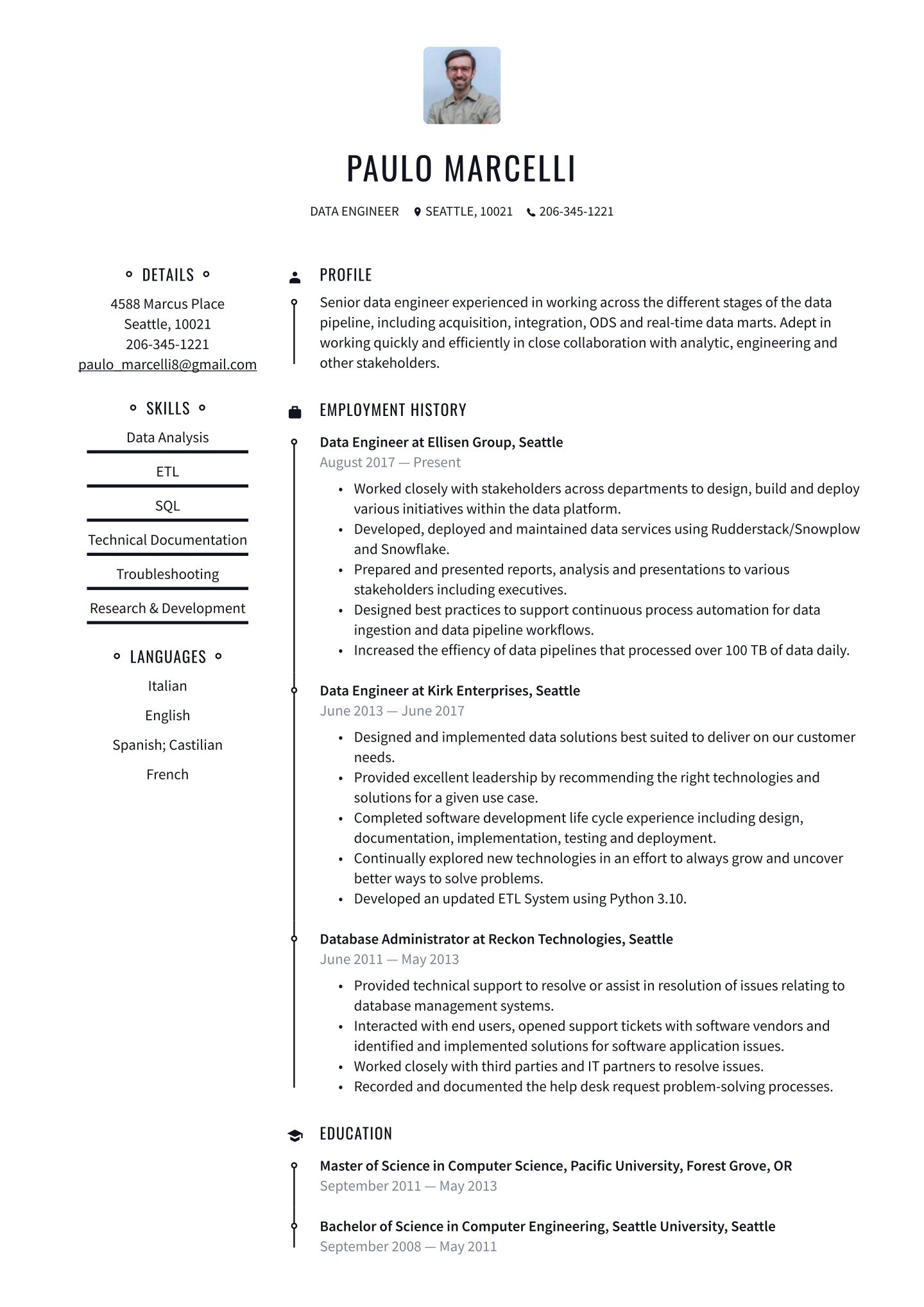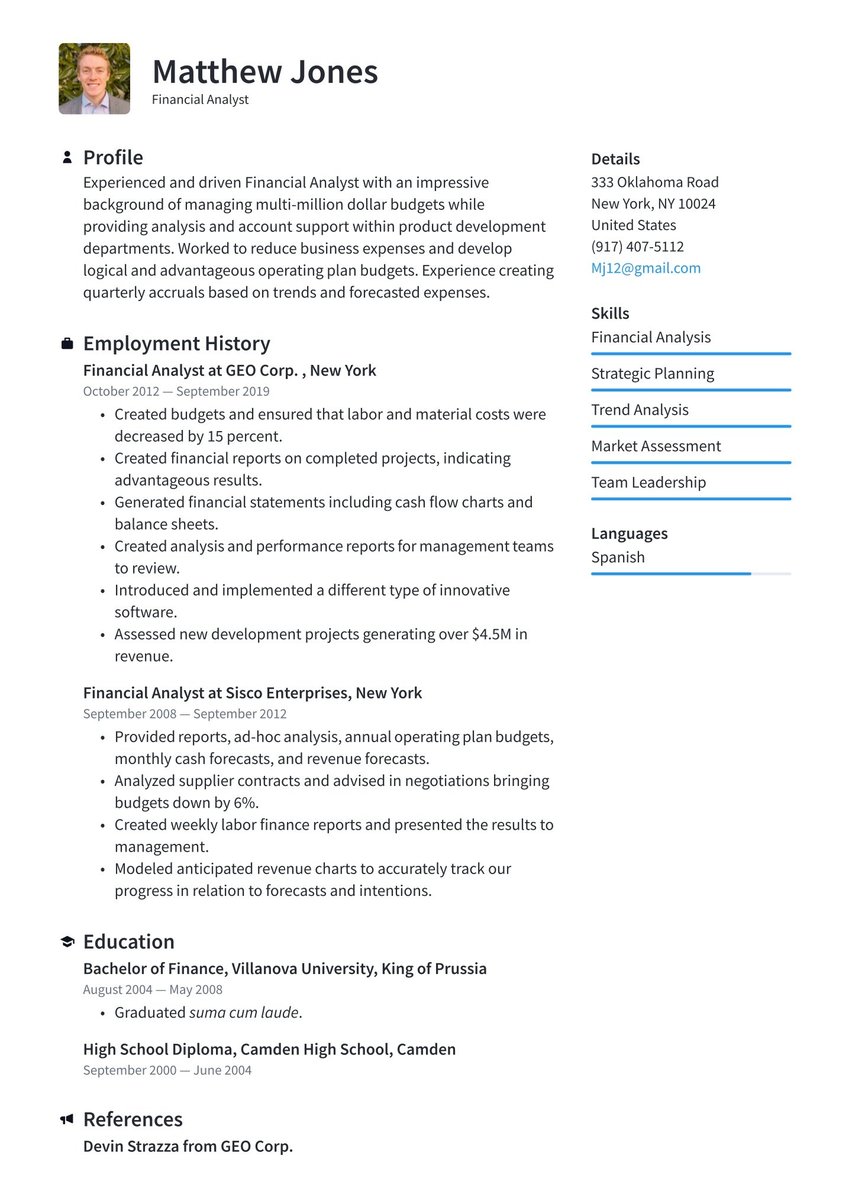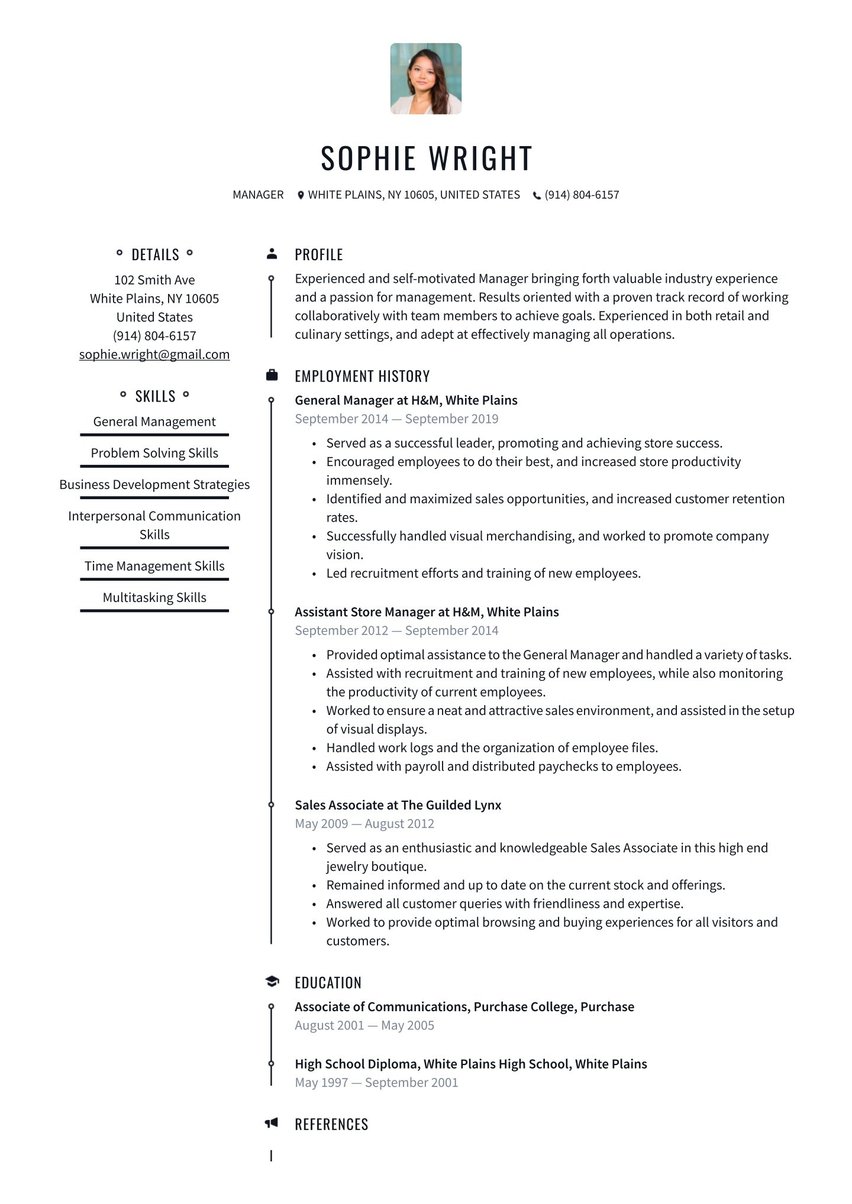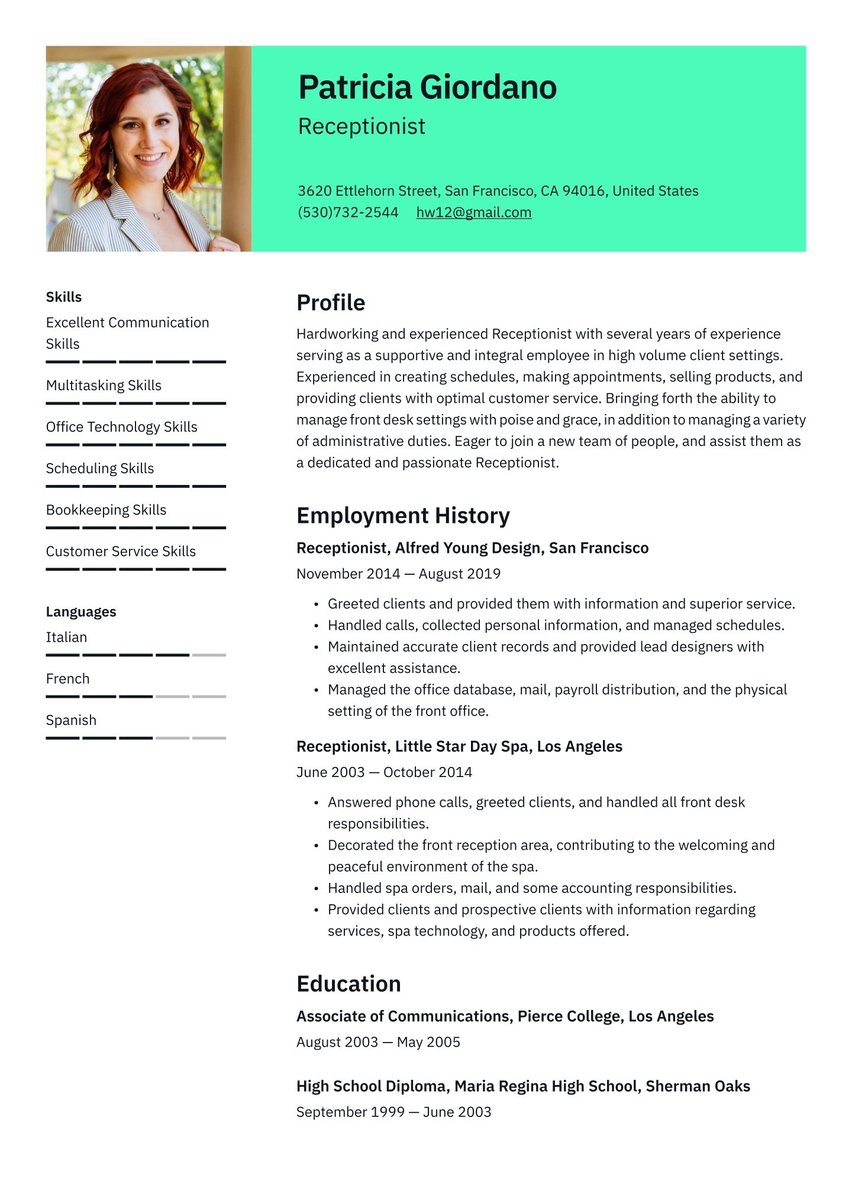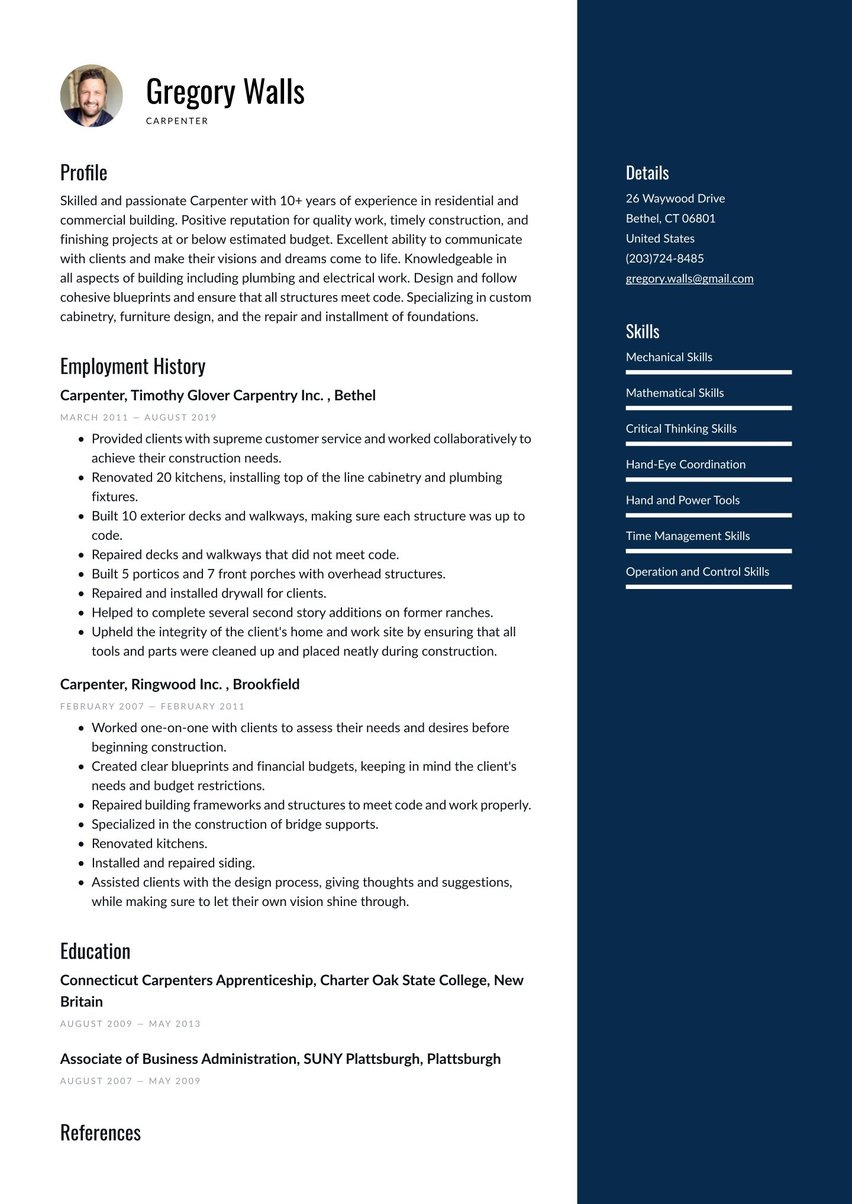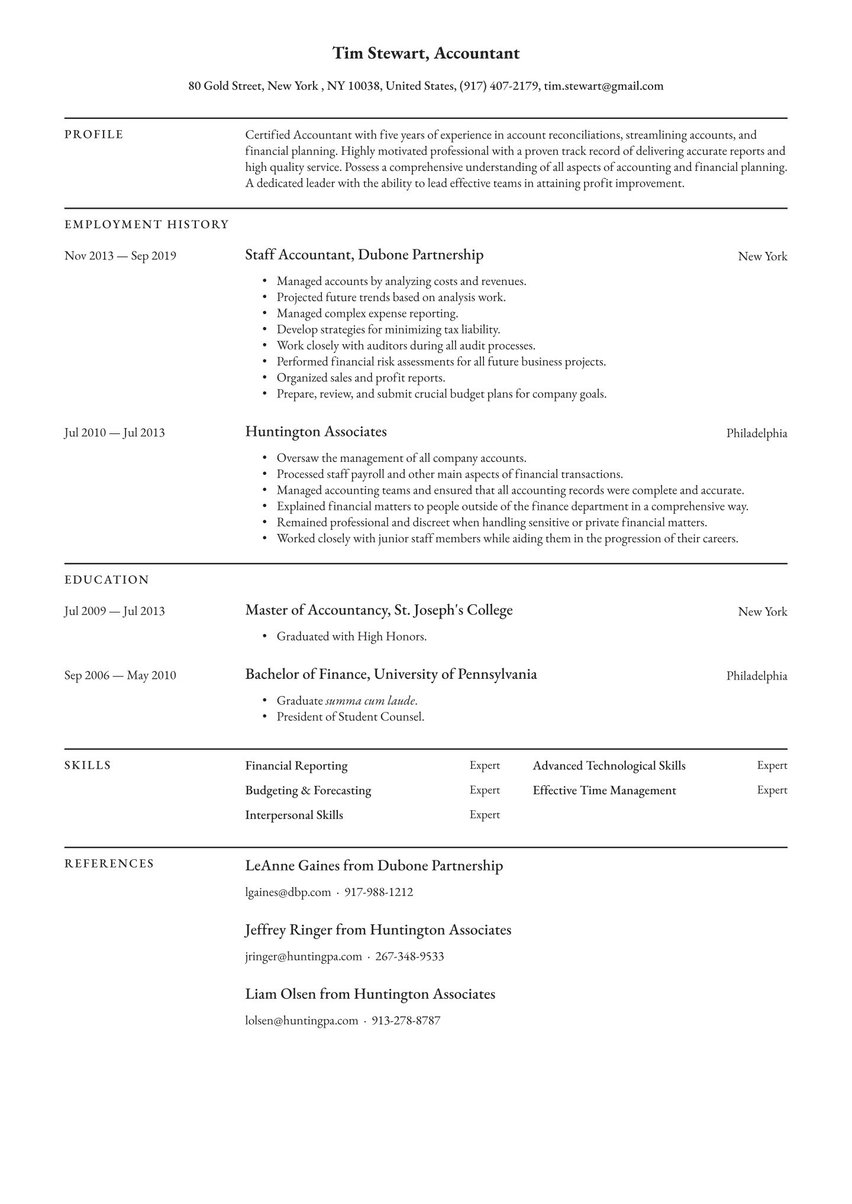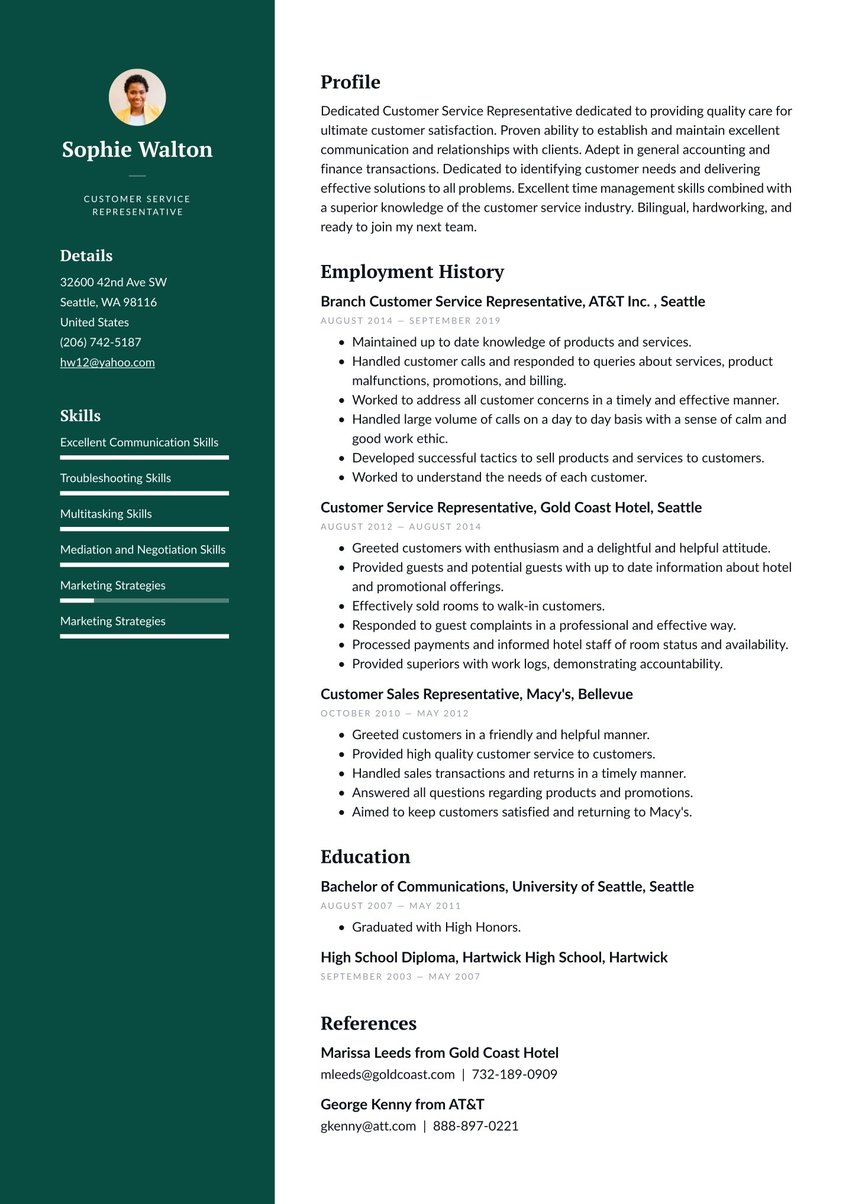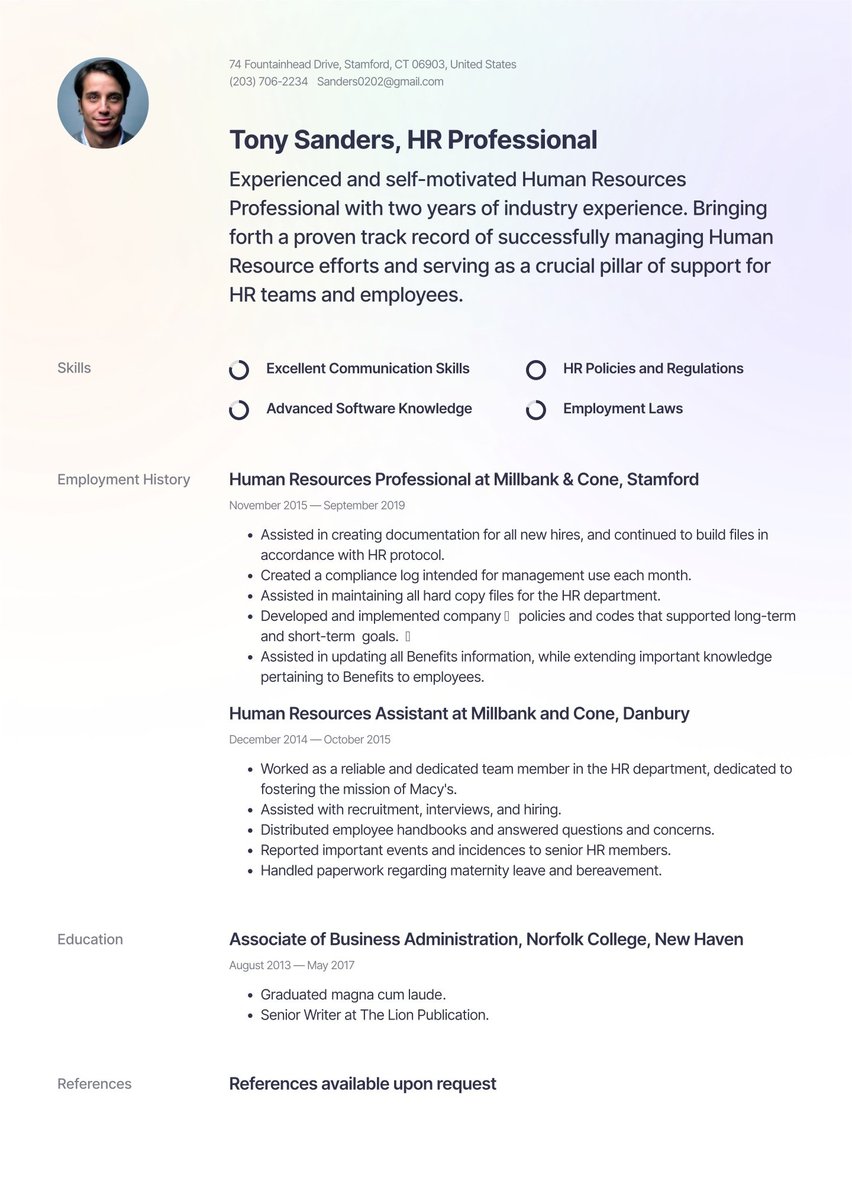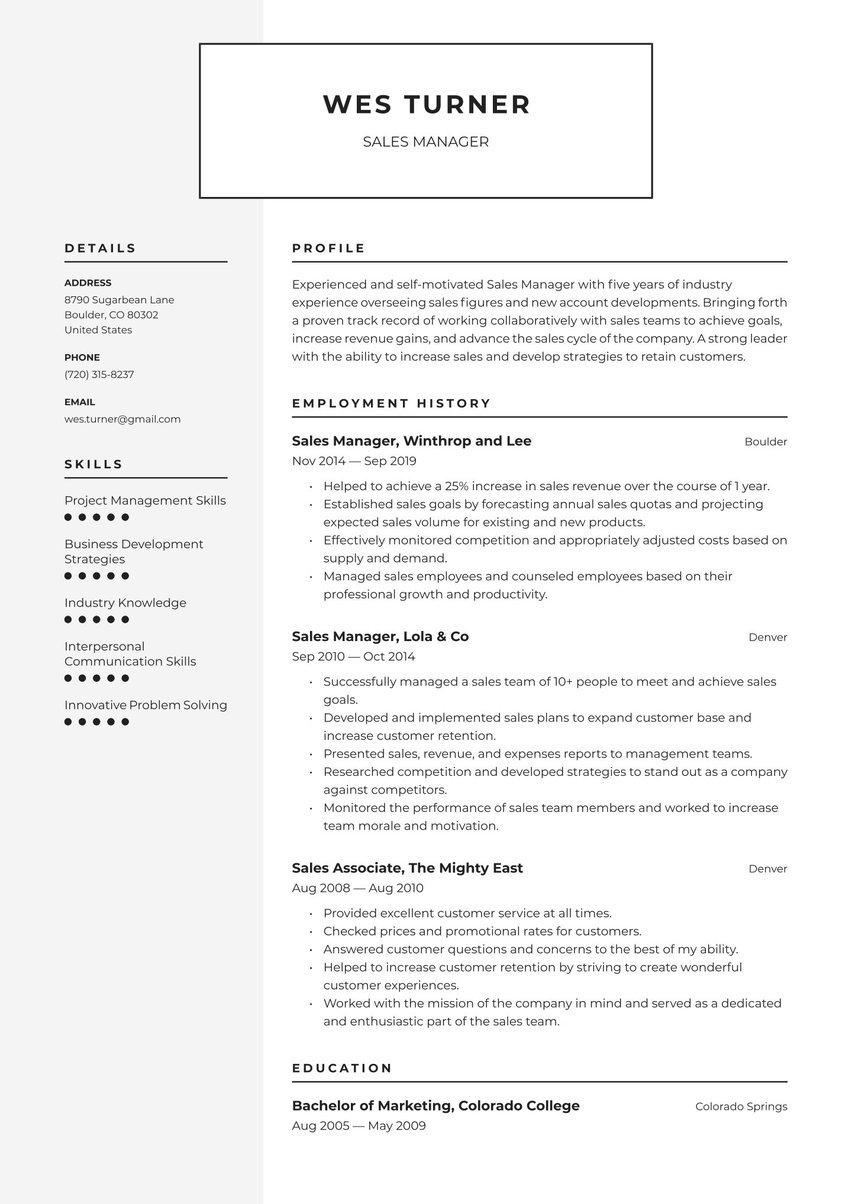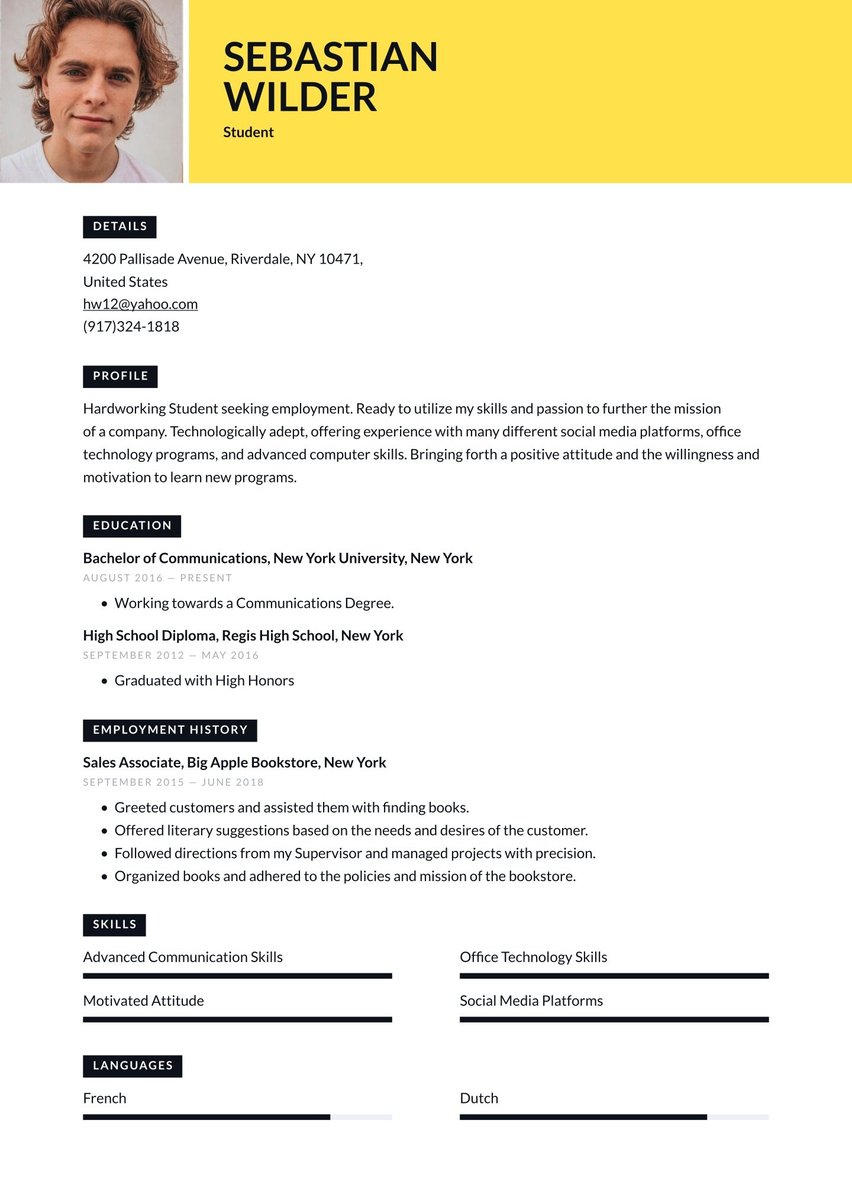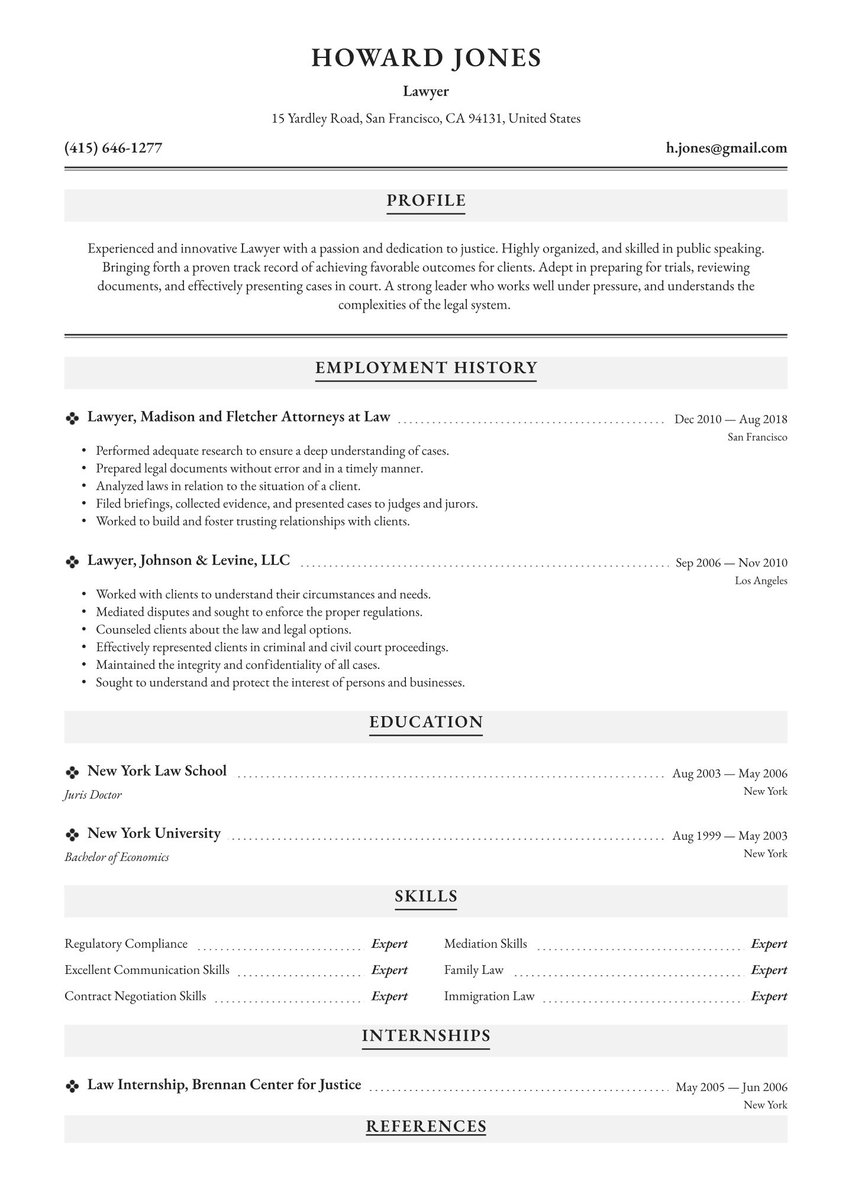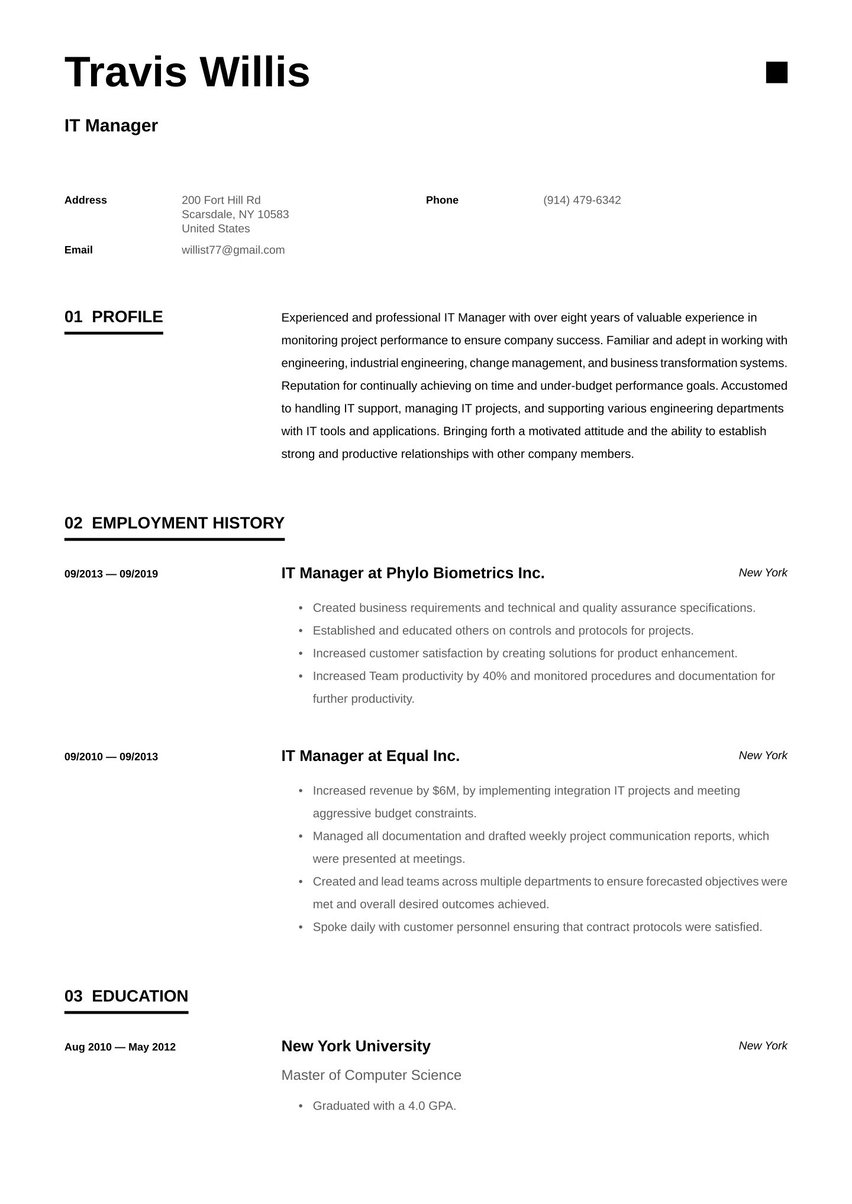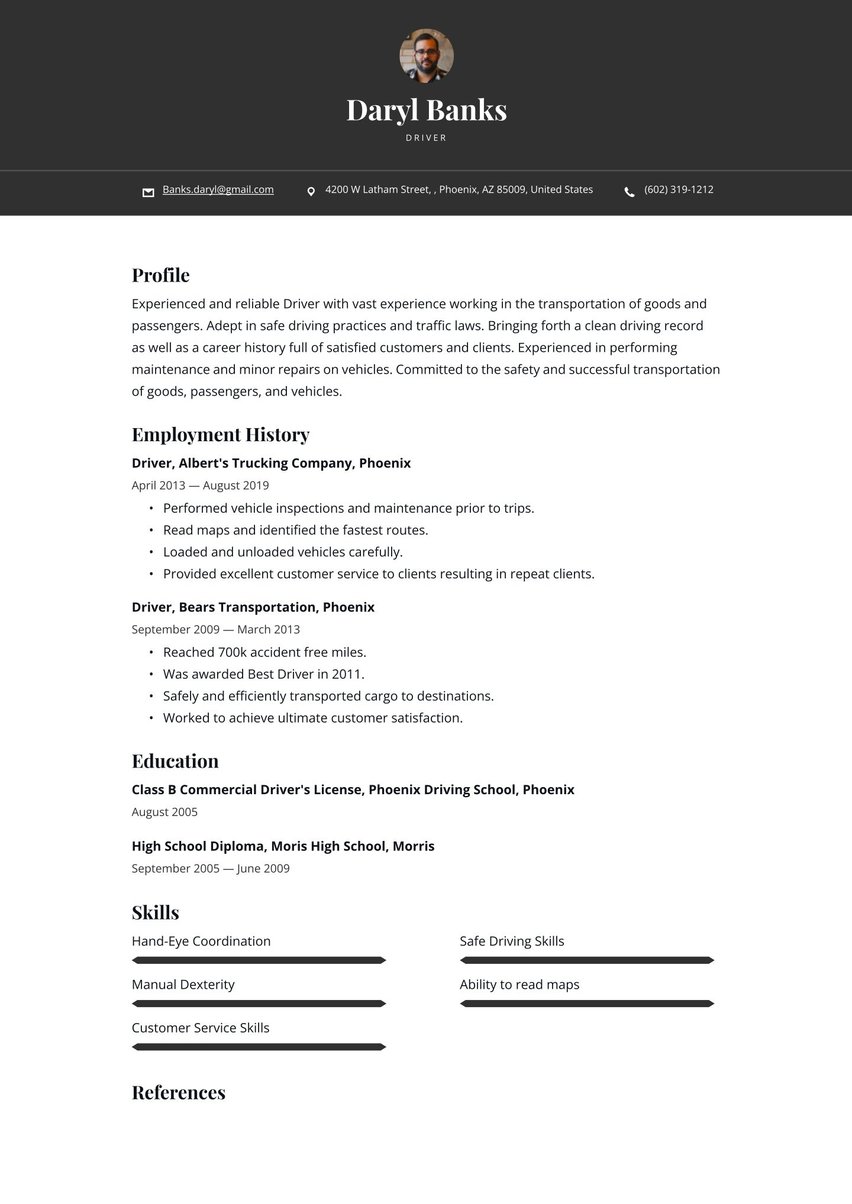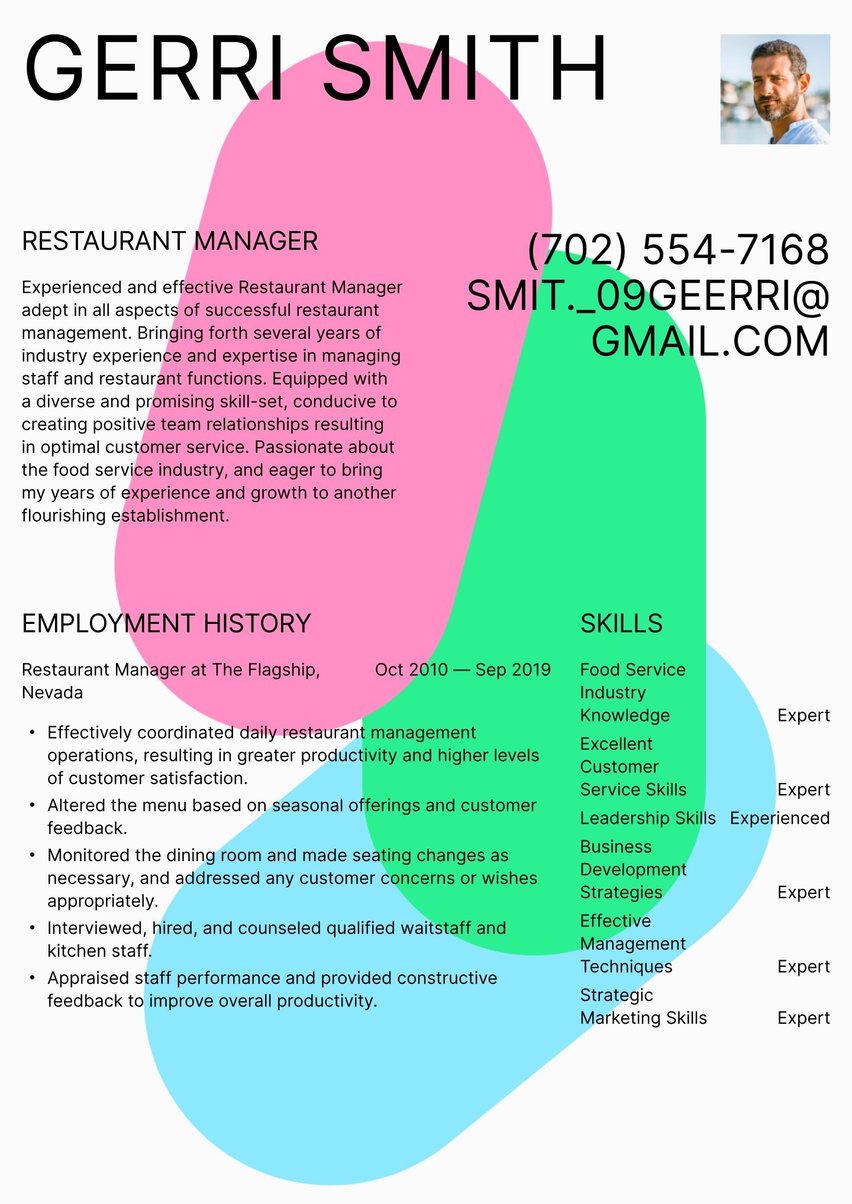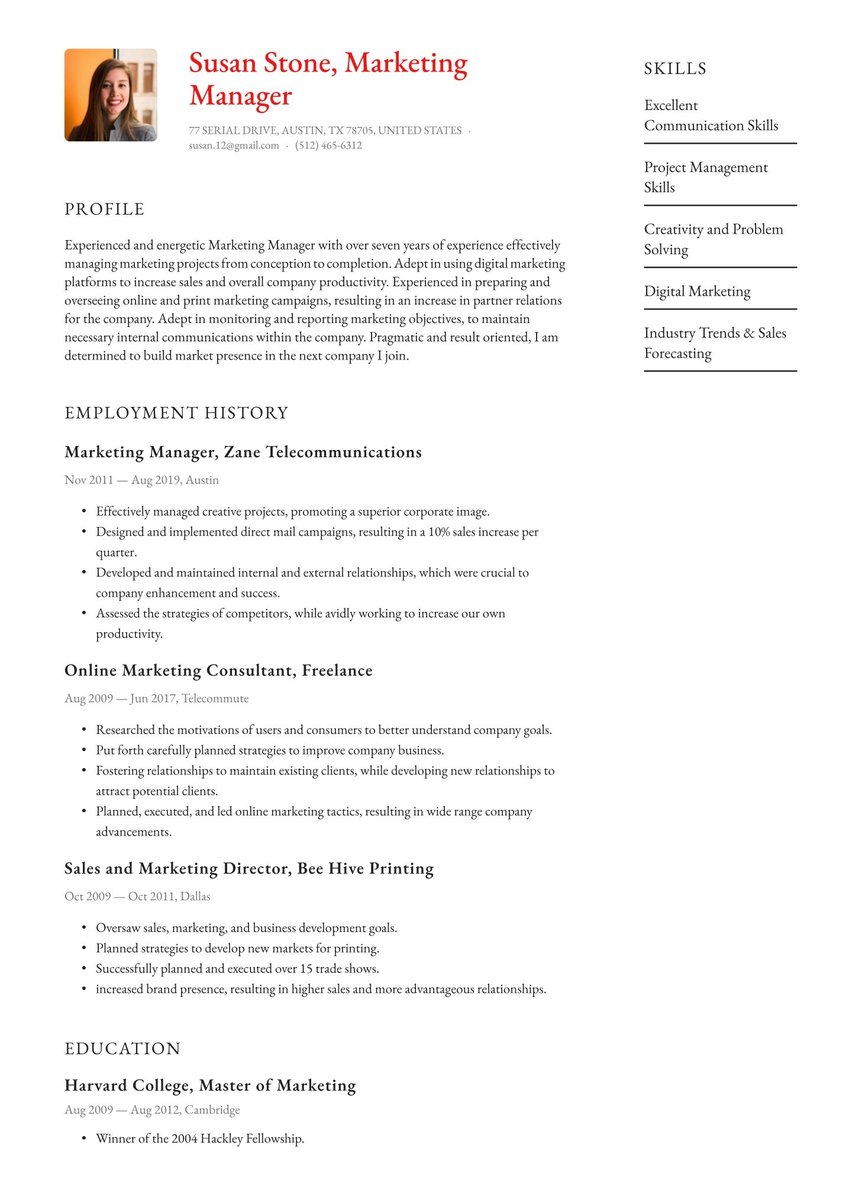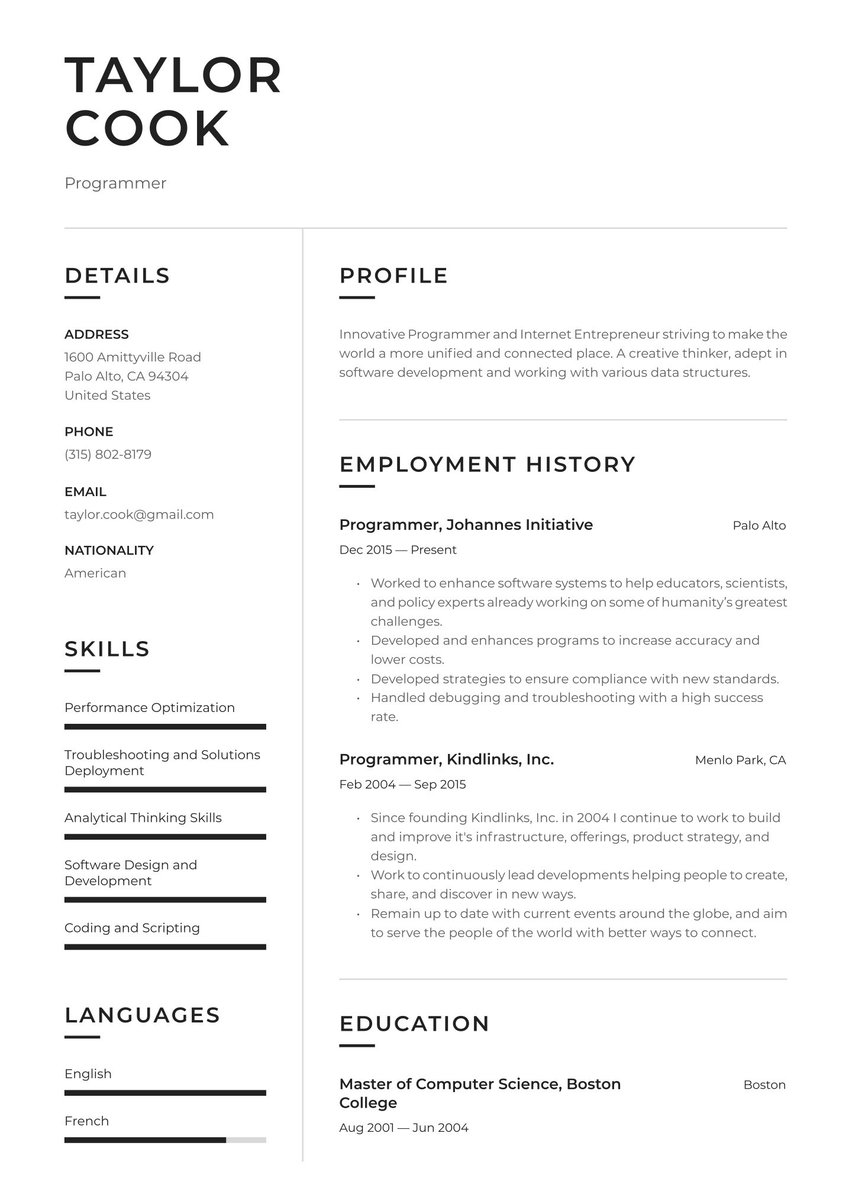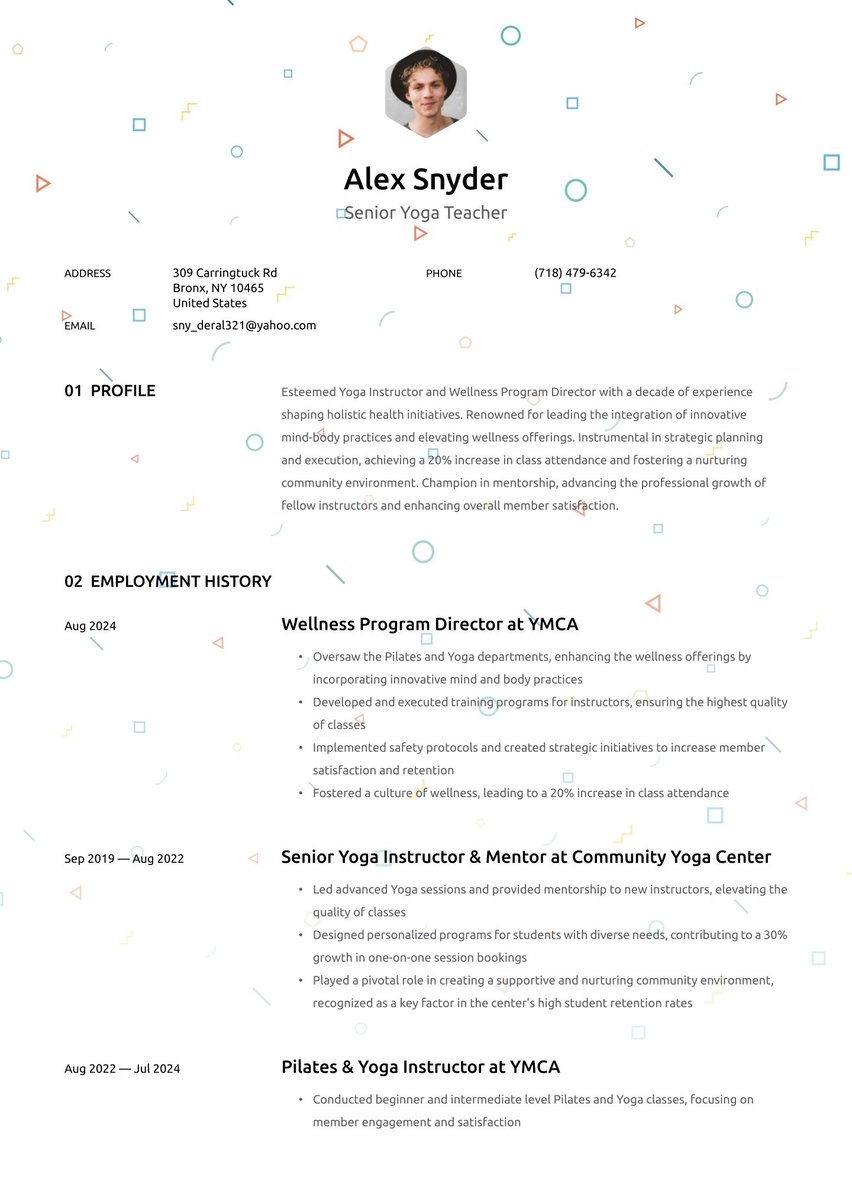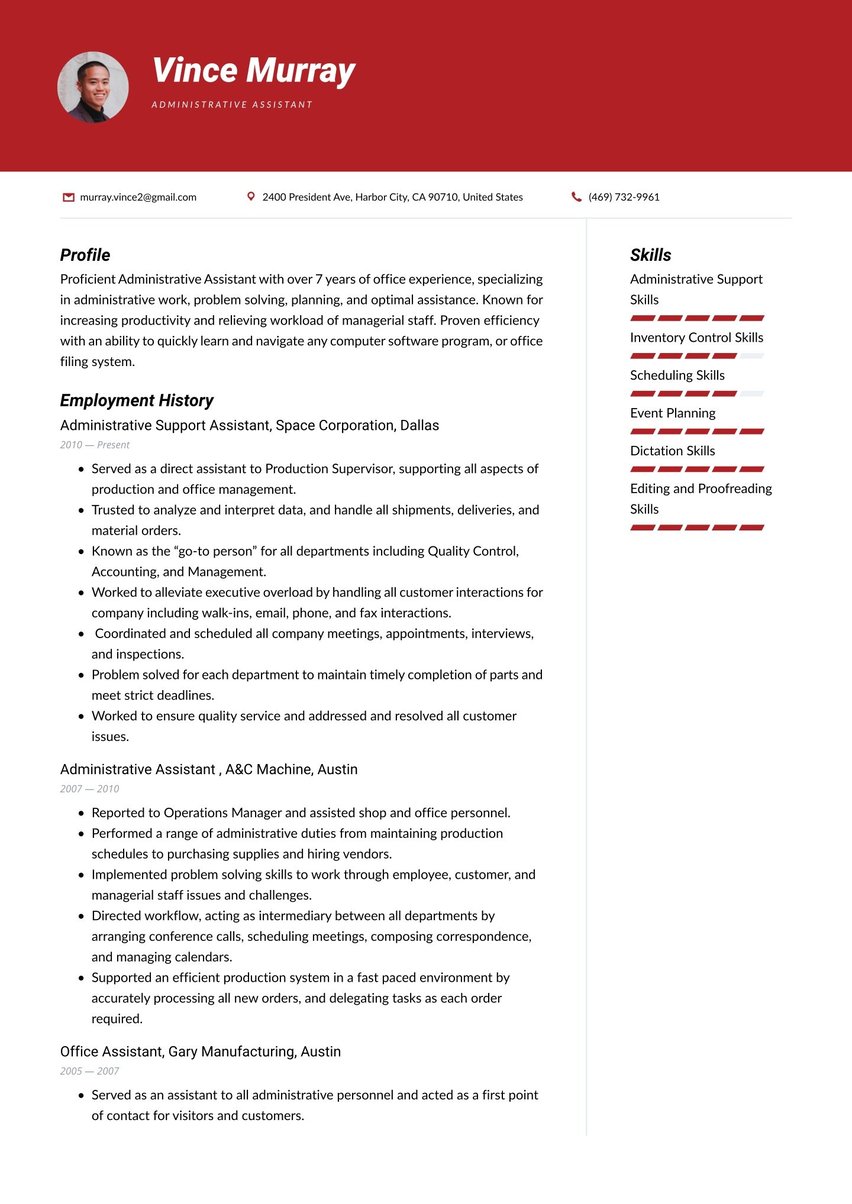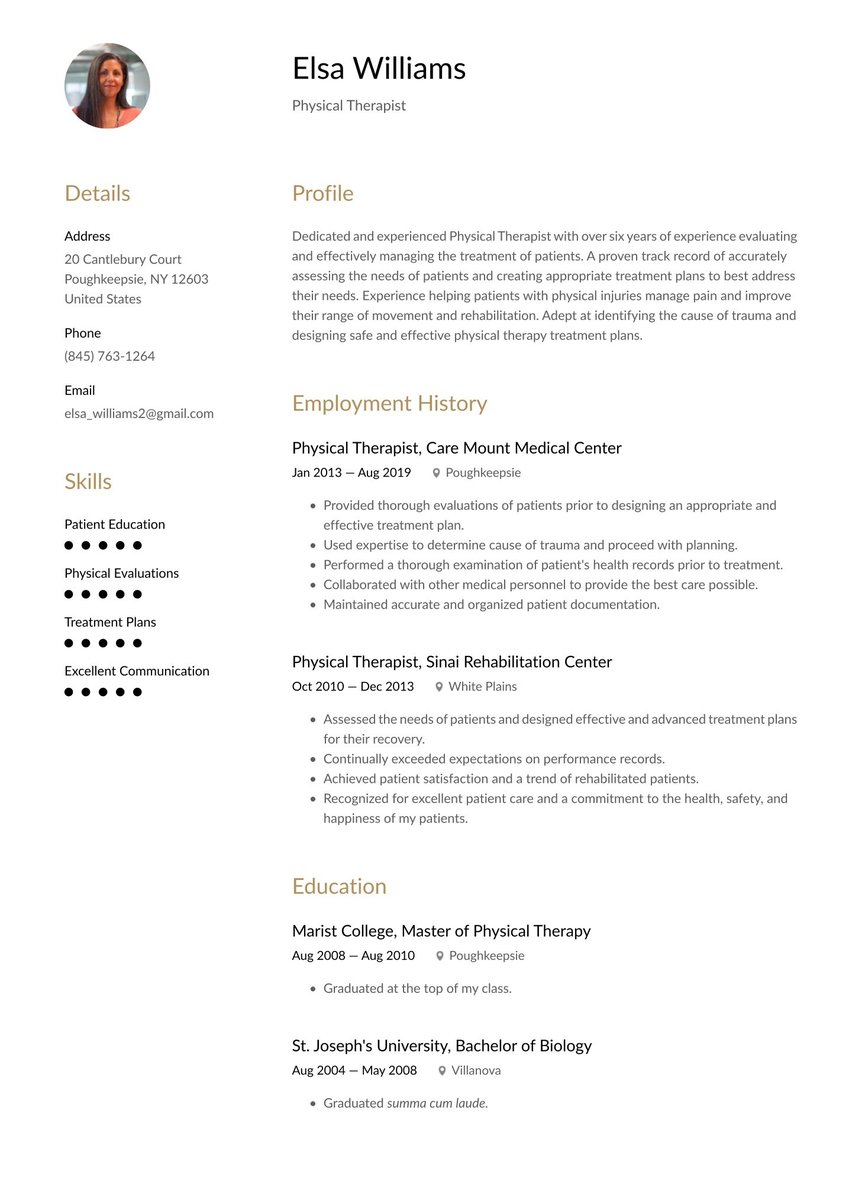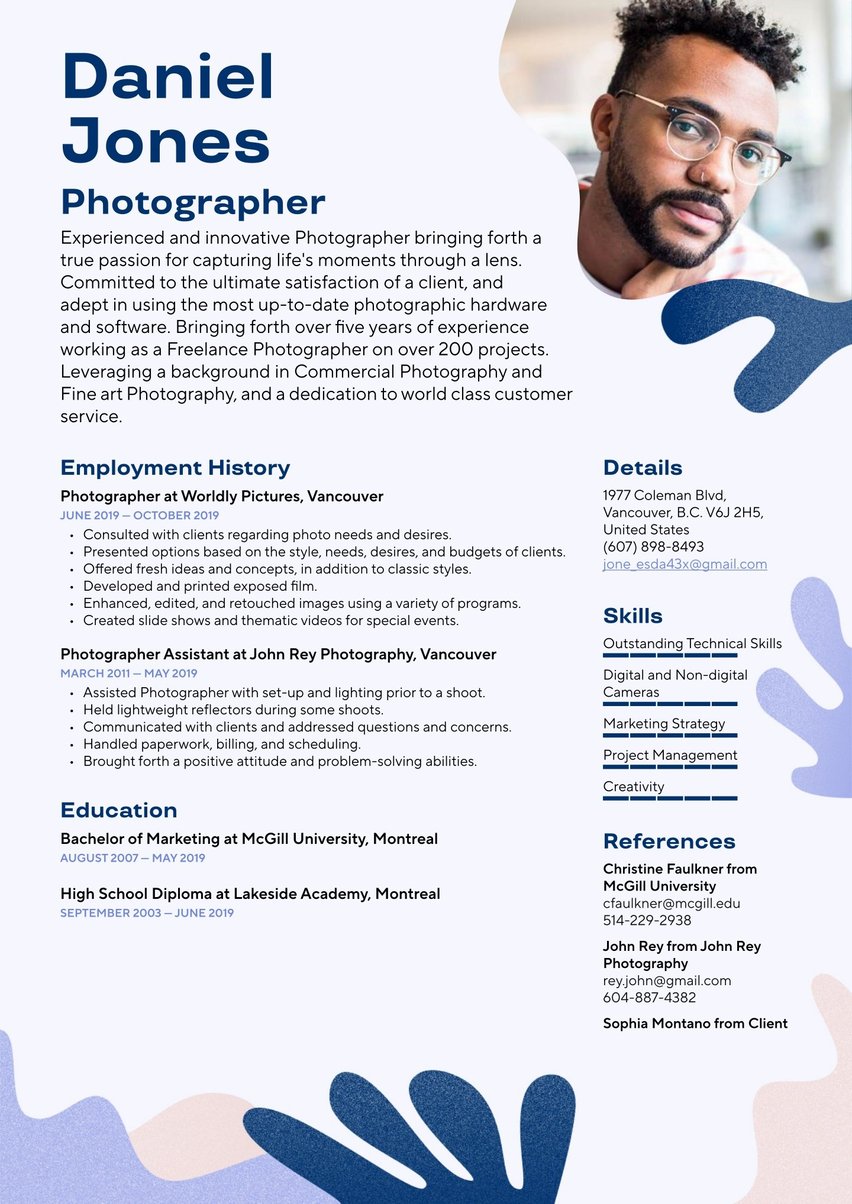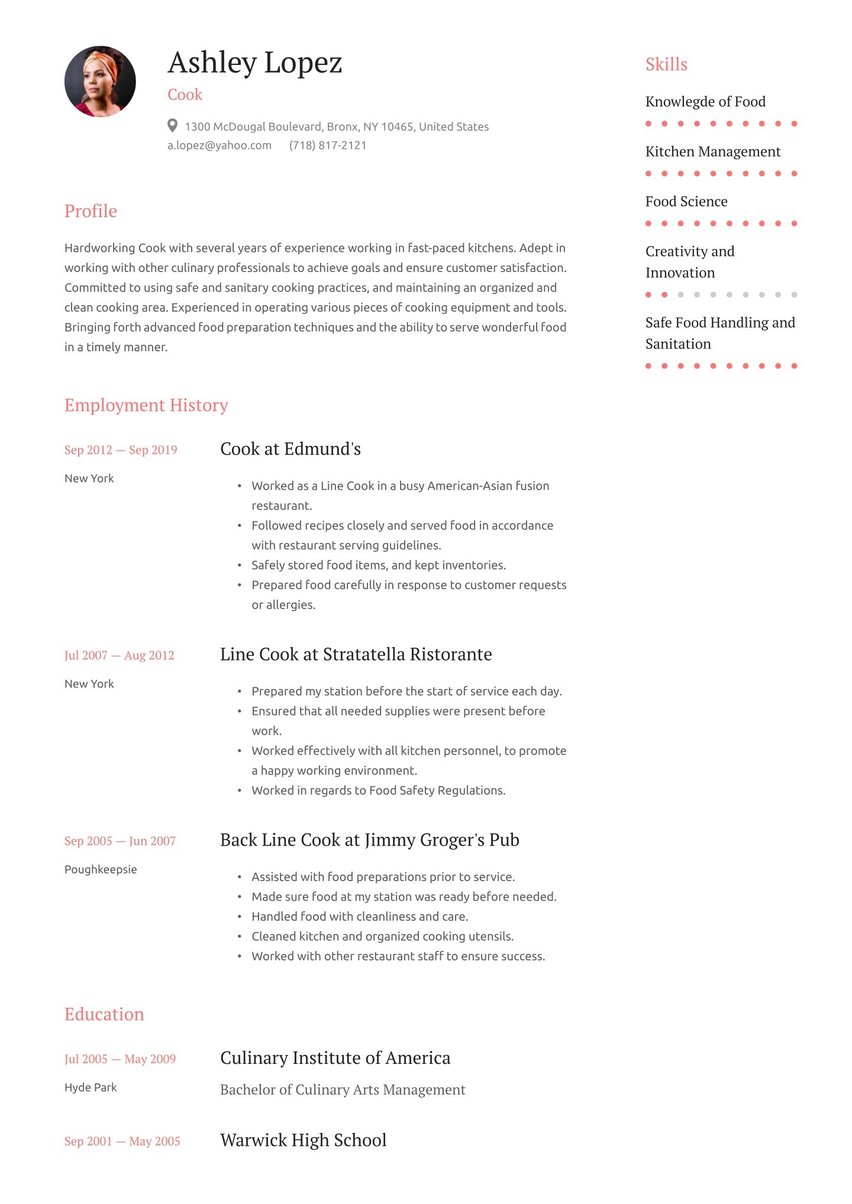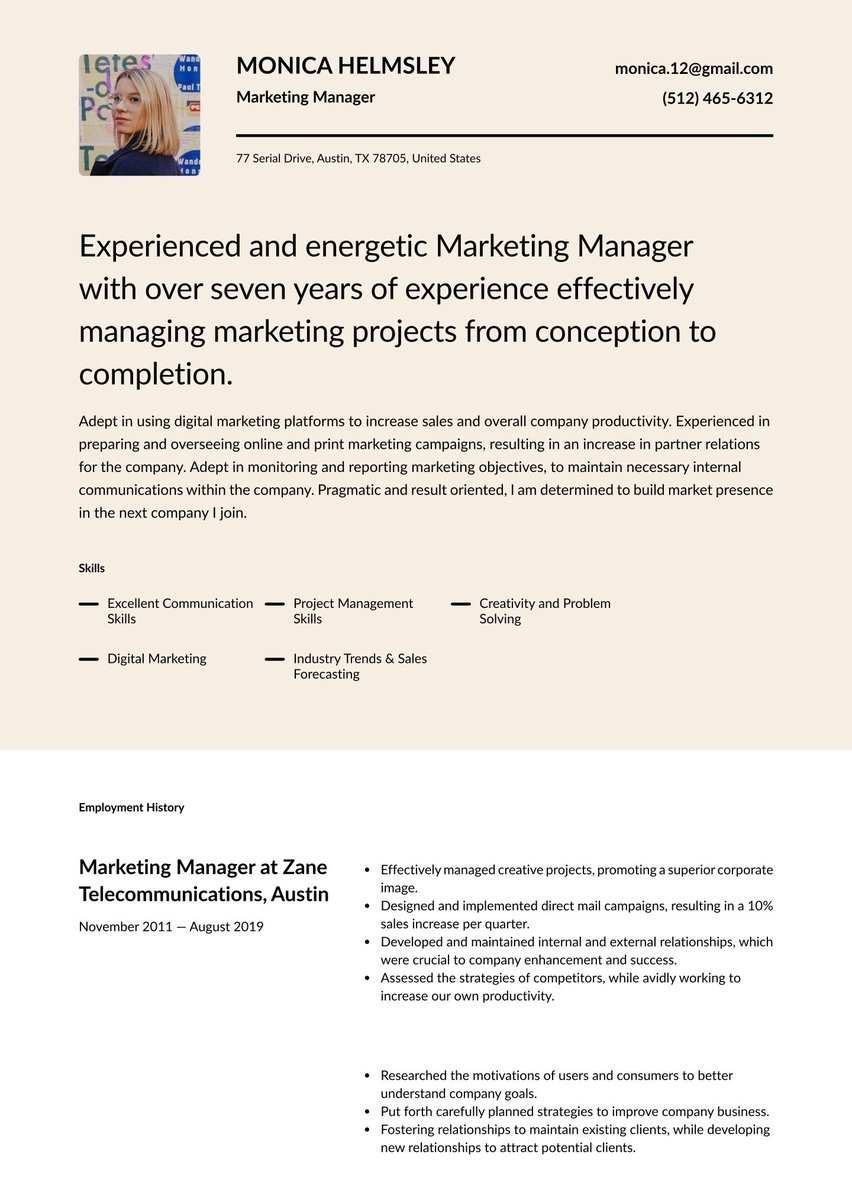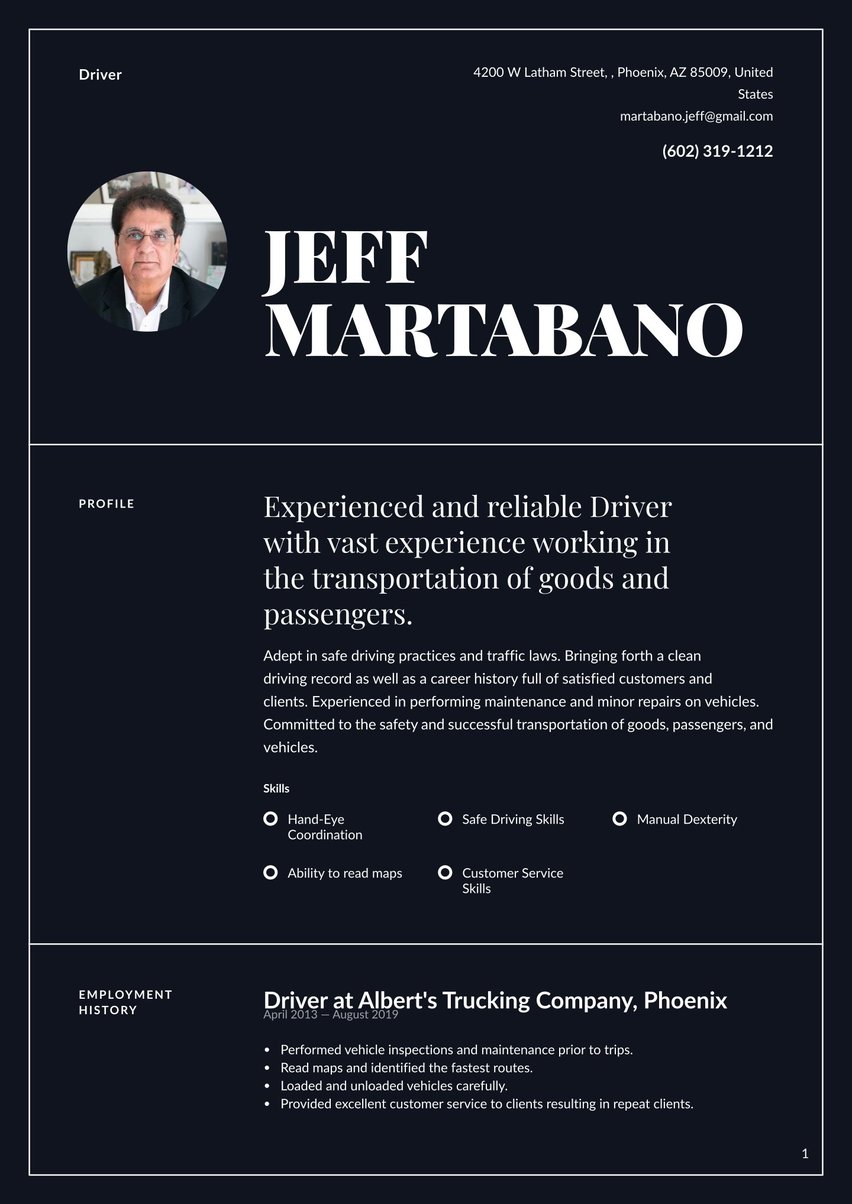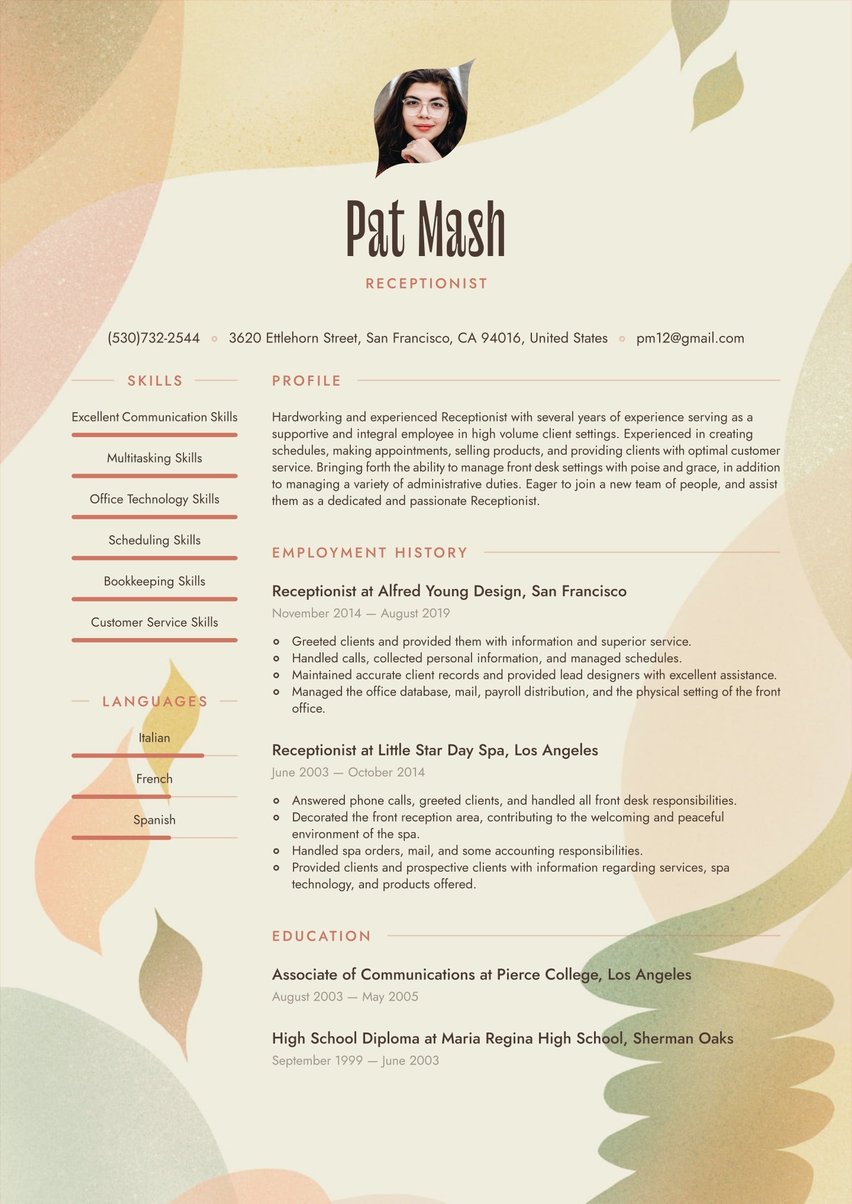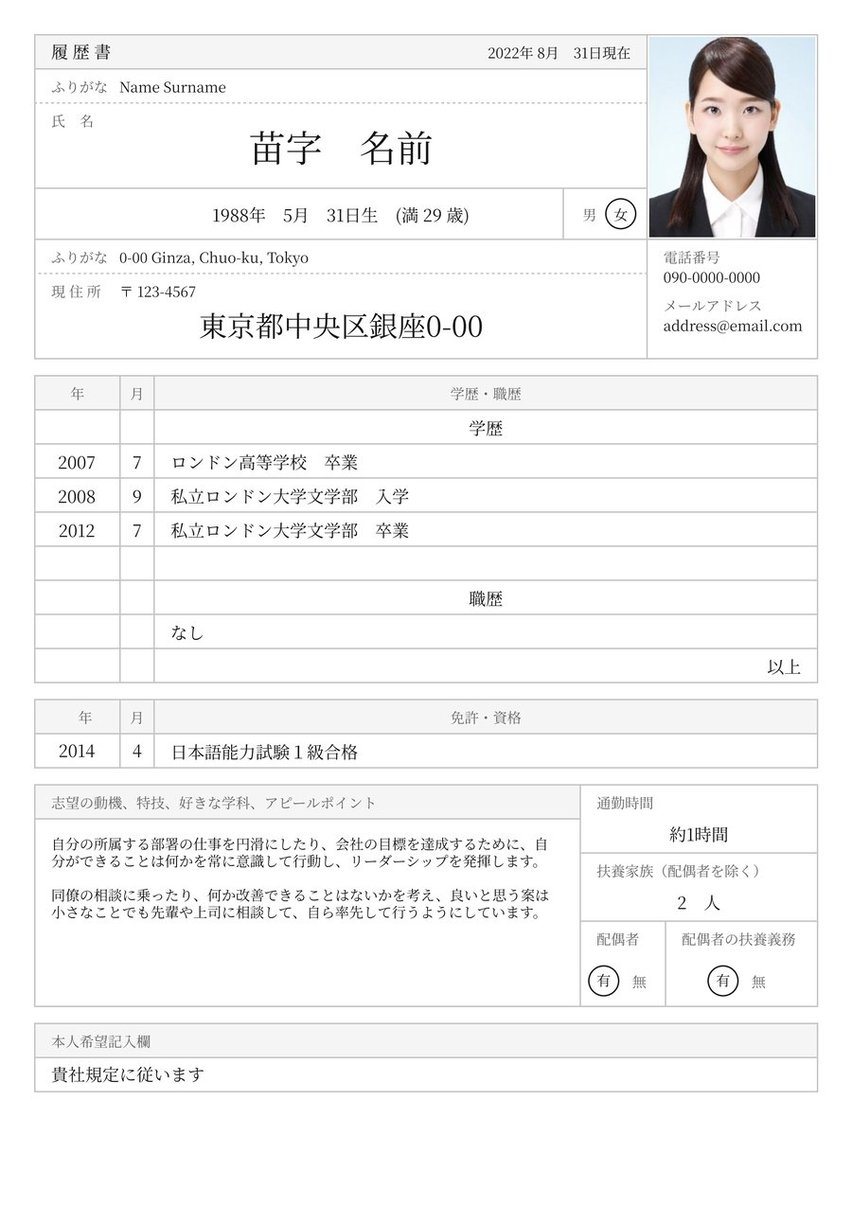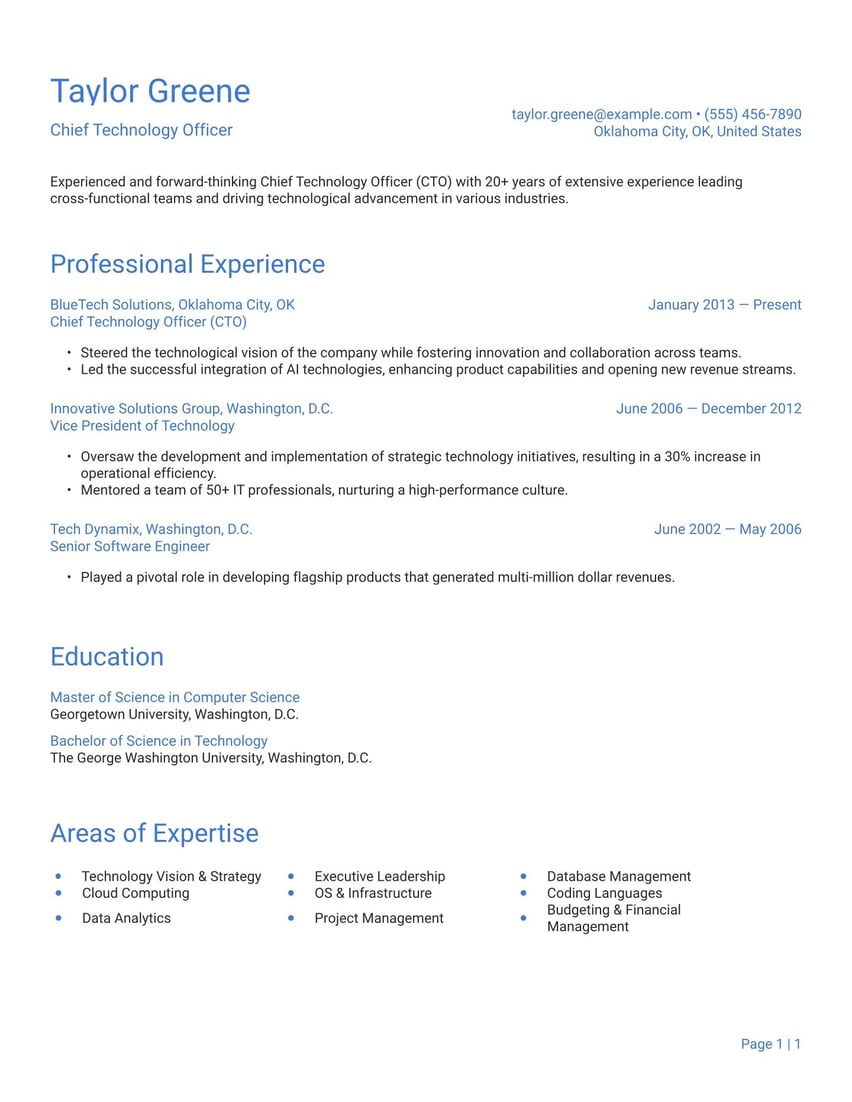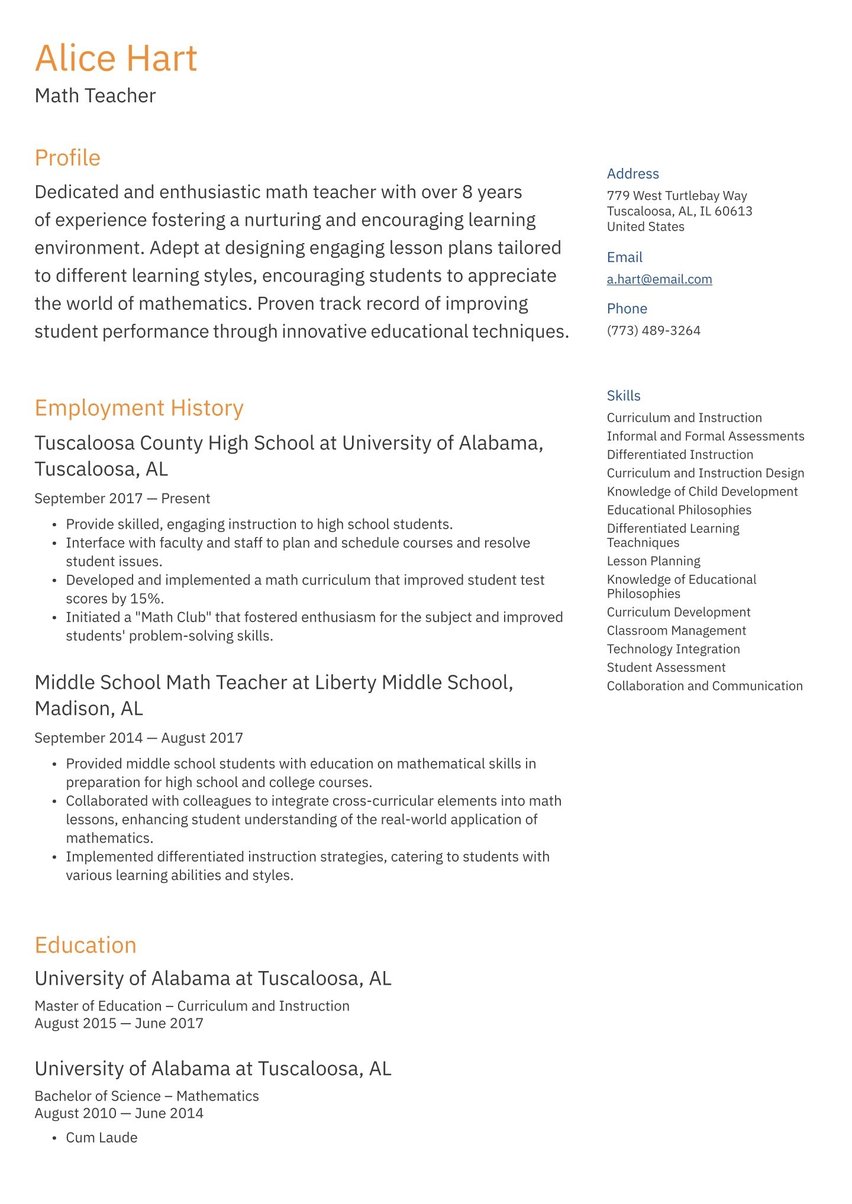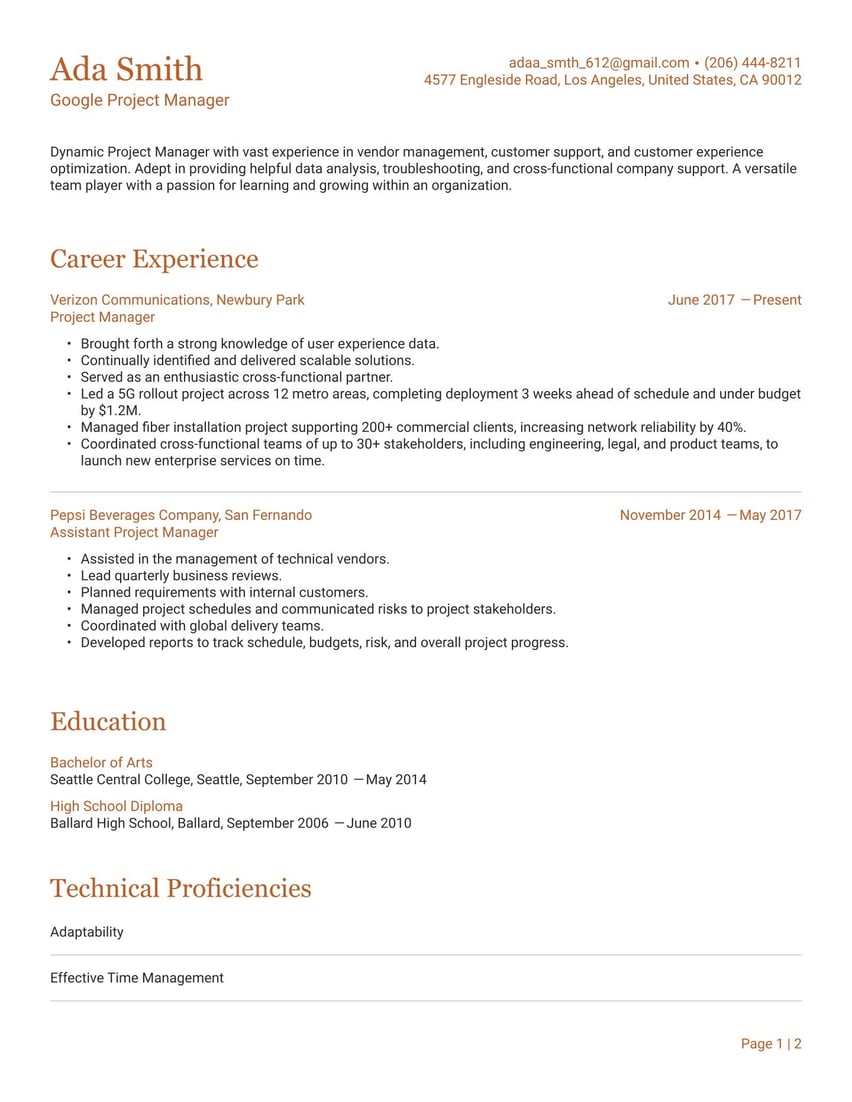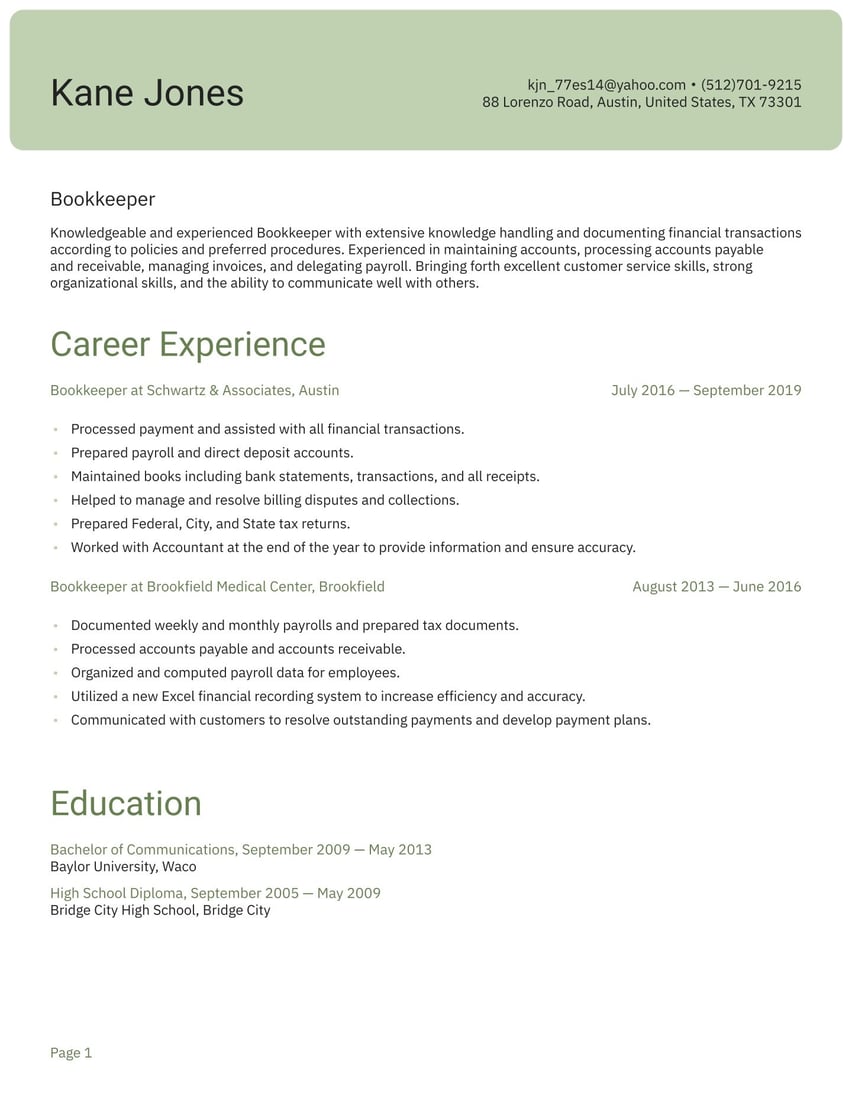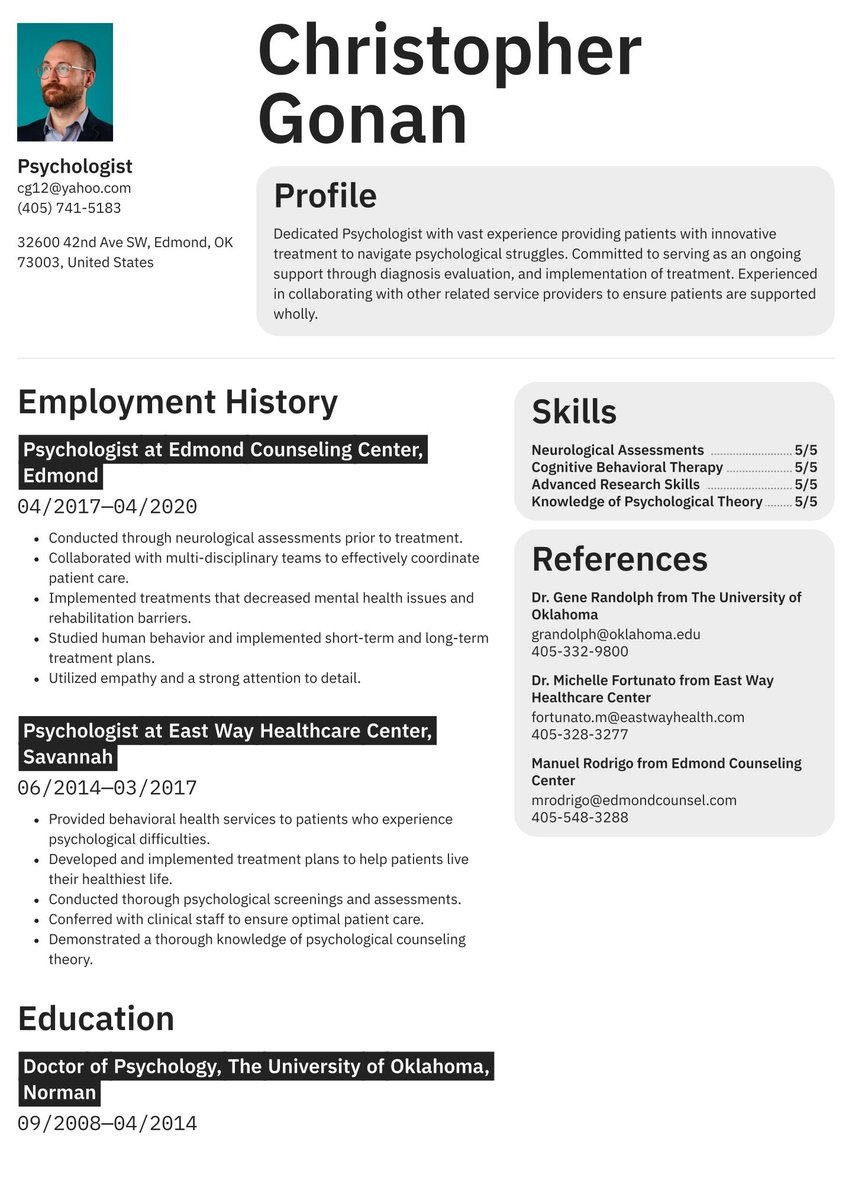Solutions oriented Computer Scientist with vast experience working across all software development phases. Adept in identifying and solving complex computer system and software issues. Passionate about elevating the user experience through thoughtful and innovative work processes.
10/2019 - 05/2021, Software Developer , Xtremez, Los Angeles
- Help provide structure for several internal systems.
- Build angular web applications.
- Design and implement front-end and back-end solutions.
- Develop innovative solutions and results from concept to execution.
- Work as a passionate and positive team member.
06/2018 - 05/2019, Web Development Intern, Nova Inc. , Los Angeles
- Worked across the software development cycle to enhance codes for user tools.
- Collaborated to design and engineer operating systems and databases.
- Utilized problem-solving skills and advanced knowledge to solve technical problems.
- Tested web applications, mobile apps, and networks to identify security weaknesses.
- Reviewed code and assessed the need for changes.
09/2014 - 05/2018, B.S. Computer Science, UCLA, Los Angeles
09/2010 - 05/2014, High School Diploma, South Los Angeles, Los Angeles
- German
- English
- SQL
- Python
- JavaScript
- Interpersonal Communication Skills
- Complex Problem Solving
Looking to land your next computer science job? You’ve come to the right place. If you can invent new computing solutions, design new software systems and write new computer languages, then trust us, you can also create a standout computer science resume.
Computer Science resume examples by experience level
Tap into your talents for critical thinking, logic and attention to detail, and you should find that writing a resume is a lot easier than writing 100,000 lines of code.
Resume guide for a computer science resume
Reach your career goals with Resume.io. We have resume examples and writing guides that cover 500+ professions. Plus, our resume builder makes creating an appealing resume a cinch.
This resume guide and corresponding computer science resume example will cover the following:
- How to write a computer science resume
- Choosing the right resume format for computer science
- How to add your contact information
- Using summaries
- Adding your computer science experience
- Listing education and relevant experience
- Picking the right resume design/layout
- What the computer science market looks like, and what salary you can expect
How to write a computer science resume
Before you get started with your computer science resume, you need to know what to include. Here are the core elements of this document:
- The resume header
- The resume summary (aka profile or personal statement)
- The employment history section
- The resume skills section
- The education section
Your aim is to stand out from other candidates. That means identifying your unique selling proposition. That is the talent that you have which others may lack. You can use this to differentiate yourself from the competition. When it comes to landing a top job, you need to have a competitive edge. Consider what it is that makes you better than the rest.
Your computer science resume is the ideal place to sell your professional skills. Follow our tips to ensure that you get the process right:
- Highlight accomplishments right from the start. Rather than simply stating what you did, consider what impact you had on the business. For example, did the software you created streamline the company operations? If so, now is the time to shout about it.
- Tailor your resume to the job description. Before you start writing your computer science resume, take a look at the job advert. The more you understand the business and its demands, the better you can tweak your application to fit the bill.
- Choose the right design for the job. Your computer science resume should be formal and professional. Ensure that you choose a straightforward resume template for applications.
- Optimize your resume for the ATS screening software. Use appropriate keywords and phrases throughout your computer science resume. To help you beat the bots, it’s worth considering using an ATS resume template.
Optimize for the ATS
Applicant Tracking Systems (ATS) rank incoming resumes by how well they fit the criteria of the role. Often enough, they use keywords that you will find in the job description. So, if you want to make sure that your resume gets past the software, use these words within it.
For example, the computer science job advert may list the following criteria:
- “Computer science graduate”
- “Knowledge of Python and Javascript”
- “Solve technical problems”
- “Identifying complex software issues”
Your resume profile summary, when integrating the keywords, could read:
“Analytical computer science graduate with 2 years of experience. In-depth knowledge of Python and Javascript. Adept at identifying complex software issues and solving technical problems.”
Choosing the right resume format for computer science
Next up, let’s talk about how you should structure your resume. Some choices in resume formats include reverse chronological, functional, and hybrid (which is a combination of the two).
When choosing the right resume format for you, you need to know what your goals are and how much experience you have.
If you have a fair amount of continuous work experience with reputable employers in your field, you can’t go wrong with listing your past jobs in reverse chronological order (last job first, first job last). This traditional format is useful because it lists your latest and presumably most impressive jobs first.
But a functional resume, which focuses more on your skills than on listing past jobs, is sometimes the best choice for technical occupations. If you simply want to showcase your computer science skills or you are freelance, you should opt for this one.
Check out the resume templates in our resume builder and select the format that best suits your situation. We also have a range of the three formats available as resume examples.
Include your contact information
Your resume header is where you share your contact information. You need to make it as easy as possible for the hiring manager to reach you.
Here’s a quick breakdown of what you need to include in your computer science header:
- Full name & title. Start by including your first and last name plus the job title.
- Professional email address. Next, include your professional email address. If in doubt, use one that includes your name.
- Phone number. Make sure you list a number where you can be contacted. Check that the answer phone message is suitable for work, too.
- Location. You only need to include your city and state. Don’t write your whole address.
- LinkedIn. So long as your LinkedIn profile is active and relevant, you can add a link to it.
- GitHub. If you have a profile on GitHub that showcases your software development work, it’s well worth including a link to this in your resume header.
- Personal websites. Similarly, you may have a personal website or portfolio that aptly spotlights any previous development work you’ve completed.
Don’t include:
- Date of birth: This is problematic as it can lead to age discrimination.
- Personal details: The hiring manager does not need to know your marital status, social security number, passport number, etc.
Sarah Smith
Computer Scientist
New York, New York
(917) 231-2145
s.smith@email.com
Sarah Smith
Computer Genius
Apt 334, Green Avenue, New York, New York
(917) 231-2145
computerz4life@email.com
Make use of a summary
The summary of your computer science resume, also known as a profile or personal statement, is a short text block under the header in which you highlight your top qualifications for the job you’re seeking and explain why you want this particular job.
It typically addresses the candidate’s experience and skills, while also often using action verbs like “dedicated,” “committed” or “passionate” to describe the enthusiasm you bring to the job.
You can omit the word “I,” as in “I am” or “I have,” since the person reading your resume will know who you’re talking about. Strive for an economy of words, but make the words you choose powerful and compelling.
Don’t simply repeat information found elsewhere on your resume. Instead, demonstrate your unique value proposition by showing the impact you had. For example, “consistently streamlined operational efficiency by implementing business software”.
Since the summary is the most free form of all the resume sections, it may be more difficult for some candidates to write due to writer’s block.
Need inspiration for your summary? Check out our related resumes:
- Systems Analyst resume sample
- Technical Project Manager resume sample
- Computer Science resume sample
- Network Engineer resume sample
- IT Director resume sample
- Software Engineer resume sample
- Film and Video Editor resume sample
- Motion Graphics Artists resume sample
- Network Systems Analyst resume sample
- 3D Animator resume sample
- Web Developer resume sample
- Programmer resume sample
- Data Scientist resume sample
- IT manager resume sample
- Data Analyst resume sample
- IT Project manager resume sample
You can find adaptable computer science resume examples summary below:
Recent computer science graduate with a passion for streamlining business activities. Boasts a keen knowledge of database management systems (DBMS). Understanding of mathematics and programming including Python and JavaScript.
Solutions oriented Computer Scientist with 5+ experience working across all software development phases. Adept in identifying and solving complex computer system and software issues. Passionate about elevating the user experience through thoughtful and innovative work processes.
Experienced computer scientist with over 10 years in the industry, renowned for creating operational software to streamline efficiency. Confident in using Javascript, Python, and SQL frameworks and working across a cross-functional department. Esteemed member of the Association for Computing Machinery (ACM).
Outline your computer science work experience
Because employers value experience so highly, the employment history of your computer science resume is among the most important sections of this document. List your past employers, their locations, and the span you worked there (month/year to month/year. Precise dates are not necessary).
Below each employer, use bullet points to list the main things you did there. Avoid saying “Was responsible for” and say what you actually did. Be specific, using facts and figures wherever possible (percentage growth, dollar figures, number of projects, number of employees overseen). Including results-based points in your work experience will highlight your value.
Here are some examples of results-based bullet points that you may include:
- “Reviewed code and assessed the need for changes leading to a 15% increase in website speed”
- “Built angular web applications to improve business efficiency by 12%.”
- “Managed a team of 10+ tech support agents.”
Take a look at the computer science employment history resume sample below:
Software Developer at Xtremez, Los Angeles
October 2019 - Present
- Help provide structure for several internal systems.
- Build angular web applications.
- Design and implement front-end and back-end solutions.
- Develop innovative solutions and results from concept to execution.
- Work as a passionate and positive team member.
Web Development Intern at Nova Inc. , Los Angeles
June 2018 - May 2019
- Worked across the software development cycle to enhance codes for user tools.
- Collaborated to design and engineer operating systems and databases.
- Utilized problem-solving skills and advanced knowledge to solve technical problems.
- Tested web applications, mobile apps, and networks to identify security weaknesses.
- Reviewed code and assessed the need for changes.
How to write a computer science resume with no experience
If you are a recent graduate, you might have no direct experience on your resume. However, that doesn’t mean that you should give up. Use your resume to demonstrate the unique skill-set you picked up during your time at college. You might want to focus on any projects you completed while studying or even extracurricular activities that fit the bill.
Additionally, if you’ve completed a computer science related internship, that could increase your chances of landing a job. Be sure to mention specific projects. For example, if you worked on a ‘Weather Forecasting App’ project that connected to an external API, talk about it here.
Note any similar roles in the IT sector. For instance, if you’ve worked on an IT help desk or as an IT specialist, there will be significant overlap.
Draw attention to the transferable skills that you have under your belt. For example, if you have worked in administration, you may have experience of working with customers, communicating well, managing your own time, and organizing various activities.
Include the relevant key skills that make you a great computer scientist
Employers are interested in what you can do for them, and the skills section of your computer science resume plays a vital role in this. It should list a combination of hard and soft skills, which typically involve the ability to work well with others.
Hard skills might include programming languages and operating systems in which you are an expert. Soft skills might include your talents in communication and management, as well as your ability to collaborate effectively with clients, coworkers and other stakeholders. If you speak foreign languages, mention that on your skills list as well.
Our resume builder offers several pre-written key skills to choose from. You can also write in your skills. When you’ve done that, simply set the proficiency level you have.
Here’s what the skills box looks like in our computer science resume template.
- SQL
- Python
- JavaScript
- Interpersonal Communication Skills
- Complex Problem Solving
Wherever possible, try to put your skills into context. You can list them as bullet points in your skills section. However, you should weave them throughout the rest of your resume.
For instance, you might talk about how your communication skills helped you to work across different departments. Equally, you may state how you used Python to develop software.
If you’re unsure where to start when it comes to your skills, always refer back to the job description. You should be able to find out what the hiring manager is looking for there.
Detail your education & relevant computer science certifications
The education section is where you highlight the training and certifications you have. This is vital in the realms of computer science—you need to prove your worth.
Here’s what you could include on your computer science resume:
- Degrees. Computer scientists generally need a master’s degree in computer science or a related field. List the colleges or universities you attended, their locations, the degrees you received and the years you attended.
- Online courses. Aside from your main degree, you may have continued your training online. Sites such as Coursera, edX, Udacity, and Khan Academy offer certificates.
- Professional certificates. For example, you may be one of the following: a AWS Certified Solutions Architect or a Certified ScrumMaster.
Of course, the exact certificates you have will depend on your area of computer science. Make sure that you include all of your relevant training here. Let’s take a look at an example:
B.S. Computer Science, UCLA, Los Angeles
September 2014 - May 2018
High School Diploma, South Los Angeles, Los Angeles
September 2010 - May 2014
Pick the right resume layout and design for a computer science resume
It would be a shame if you wrote the perfect computer science resume and then threw it on a page with a terrible design and an ugly layout. Don’t underestimate the importance of looks in a resume. It doesn’t need to be flashy, but it should have an attractive and professional look.
Design and layout issues include the choice of a font and font size that are easy to read, as well as adequate margins, balanced spacing and an appropriate use of white space that contains nothing at all. Don’t overdo it when it comes to color. Keep things simple.
We recommend that you use a professionally designed resume template where these issues have already been taken care of.
Computer science text-only resume example
Profile
Solutions oriented Computer Scientist with vast experience working across all software development phases. Adept in identifying and solving complex computer system and software issues. Passionate about elevating the user experience through thoughtful and innovative work processes.
Employment history
Software Developer at Xtremez, Los Angeles
October 2019 - Present
- Help provide structure for several internal systems.
- Build angular web applications.
- Design and implement front-end and back-end solutions.
- Develop innovative solutions and results from concept to execution.
- Work as a passionate and positive team member.
Web Development Intern at Nova Inc. , Los Angeles
June 2018 - May 2019
- Worked across the software development cycle to enhance codes for user tools.
- Collaborated to design and engineer operating systems and databases.
- Utilized problem-solving skills and advanced knowledge to solve technical problems.
- Tested web applications, mobile apps, and networks to identify security weaknesses.
- Reviewed code and assessed the need for changes.
Skills
- SQL
- Python
- JavaScript
- Interpersonal Communication Skills
- Complex Problem Solving
Education
B.S. Computer Science, UCLA, Los Angeles
September 2014 - May 2018
High School Diploma, South Los Angeles, Los Angeles
September 2010 - May 2014
Computer science job market and outlook
The employment outlook is also excellent, with jobs for computer and information research scientists expected to grow in the U.S. by 21% from 2021 through 2031. That compares to an anticipated growth in all occupations of just 5%.
What type of salary you can expect in computer science
How much can you expect to make? Computer scientists are very well paid, earning an annual median salary in the U.S. in 2023, of $145,080, according to the Bureau of Labor Statistics.
Key takeaways for building a computer science resume
Computer science jobs are highly paid and plentiful, and an outstanding resume is your ticket to finding the one that’s right for you. Your resume should contain five essential elements (header, summary, work history, skills and education) and very little else. It should all fit on one page.
You must optimize your resume for ATS software to avoid automatic rejection by a computer bot. Looks matter, so make sure your resume is attractively designed and laid out. We recommend using a professional resume template where the header is already designed.
Use our online resume builder to streamline the application process, making it simple to impress the hiring manager in a matter of minutes.
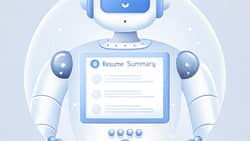

.jpg)

.jpg)






